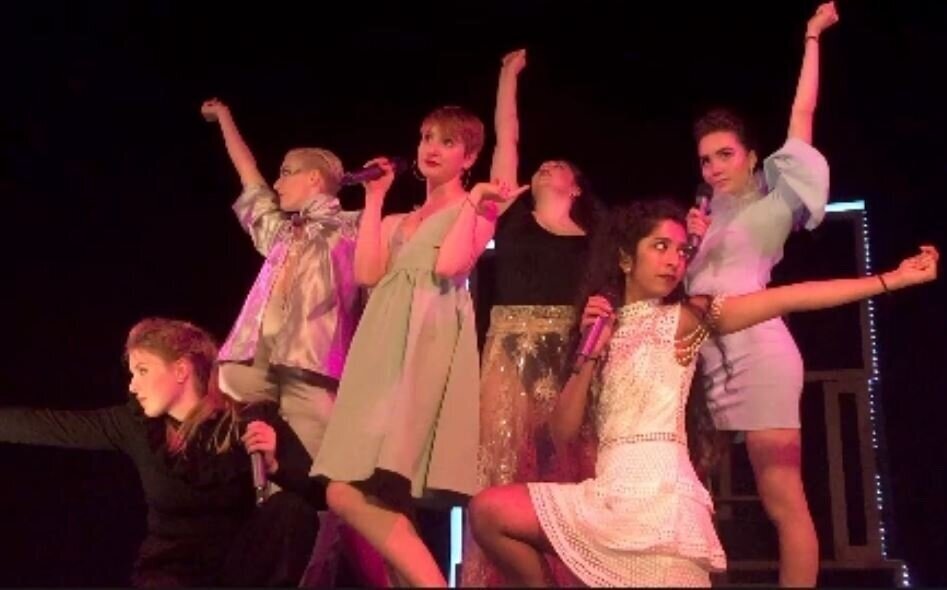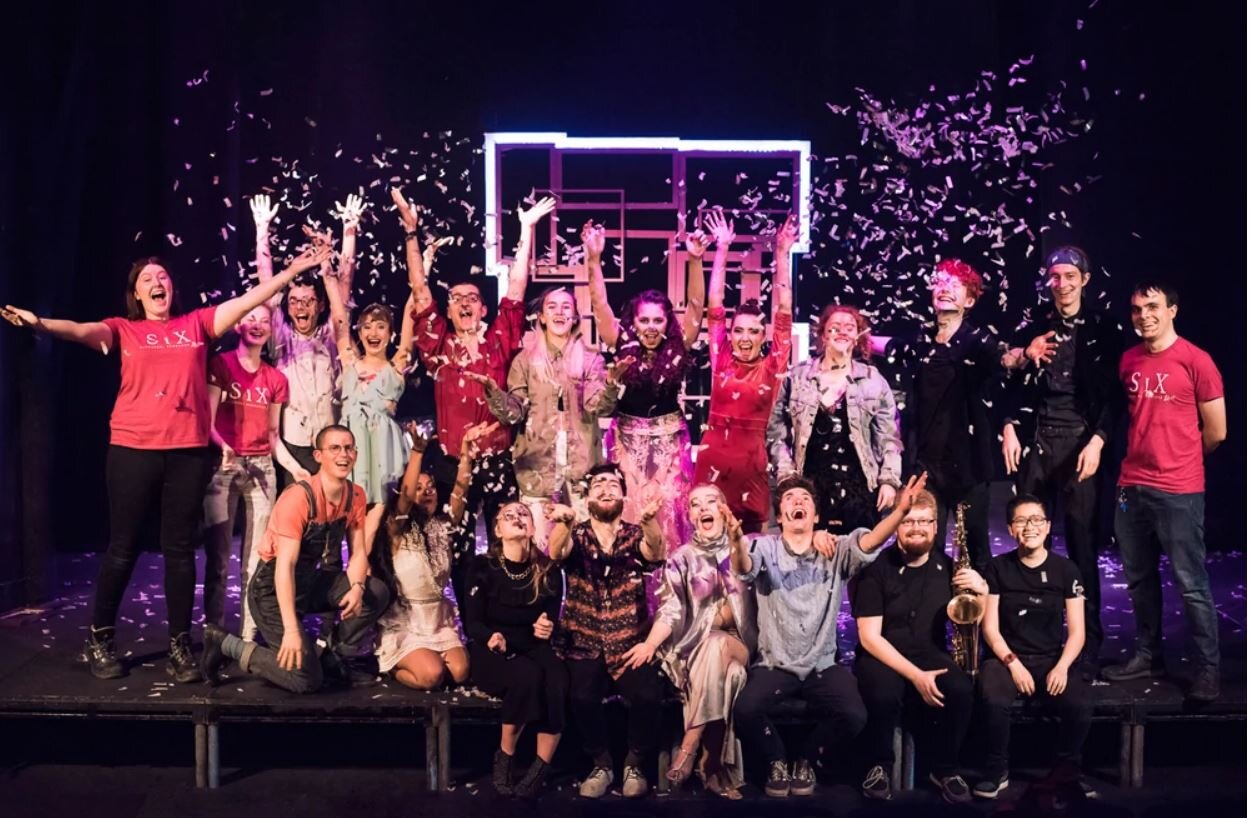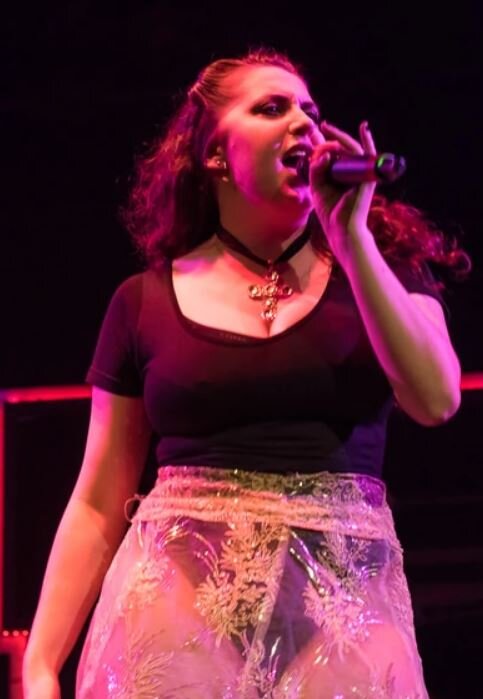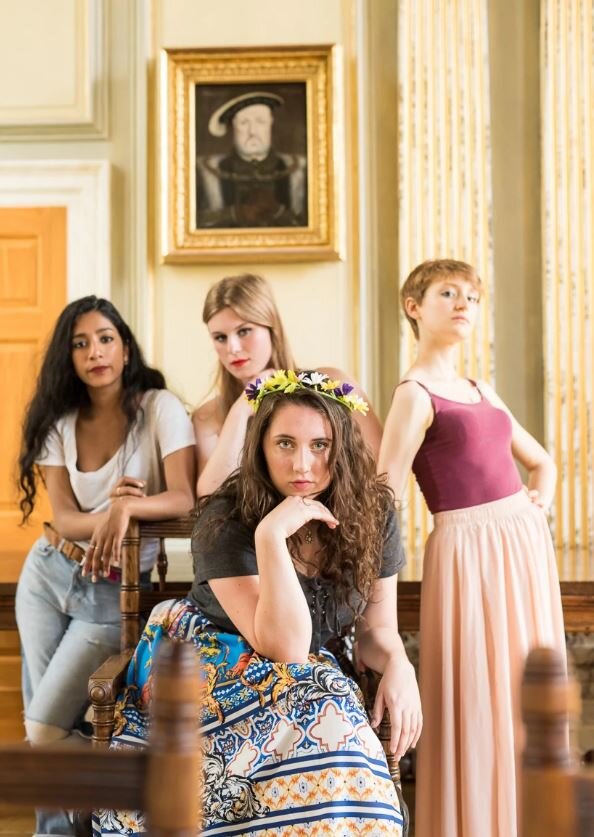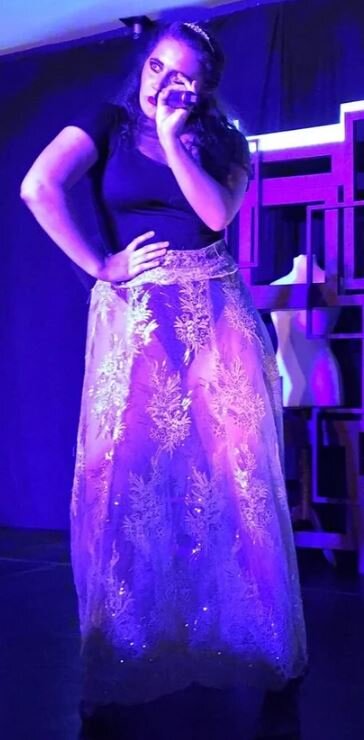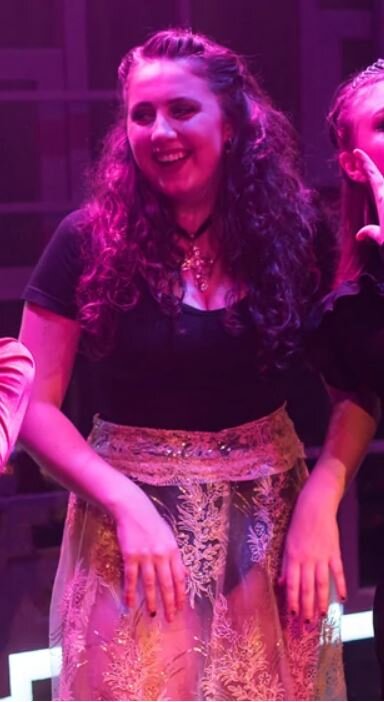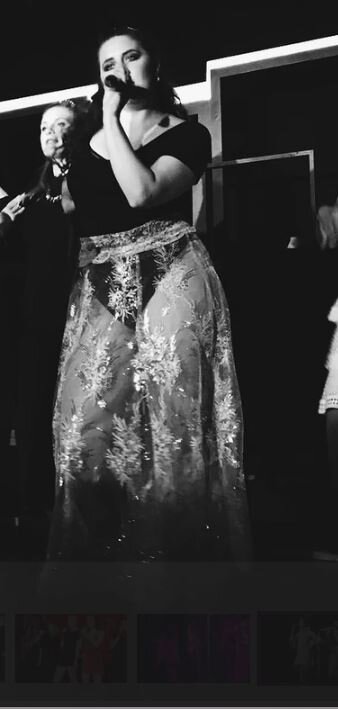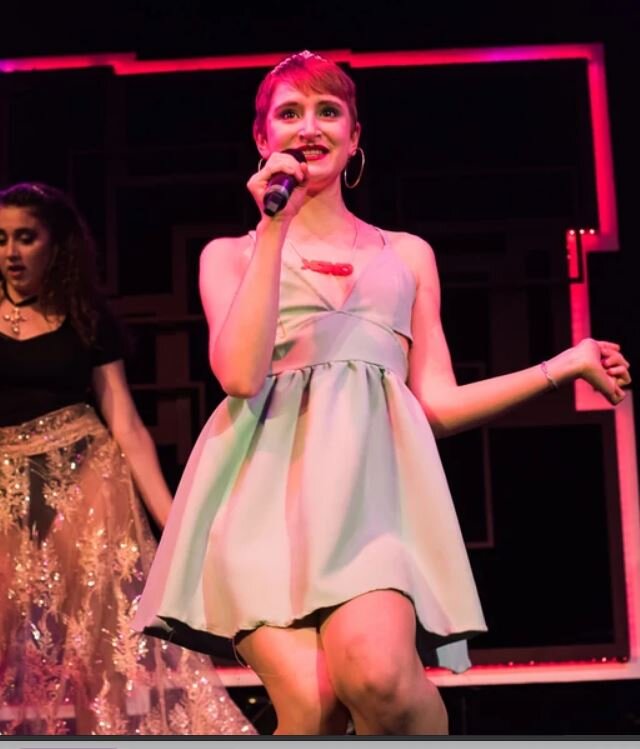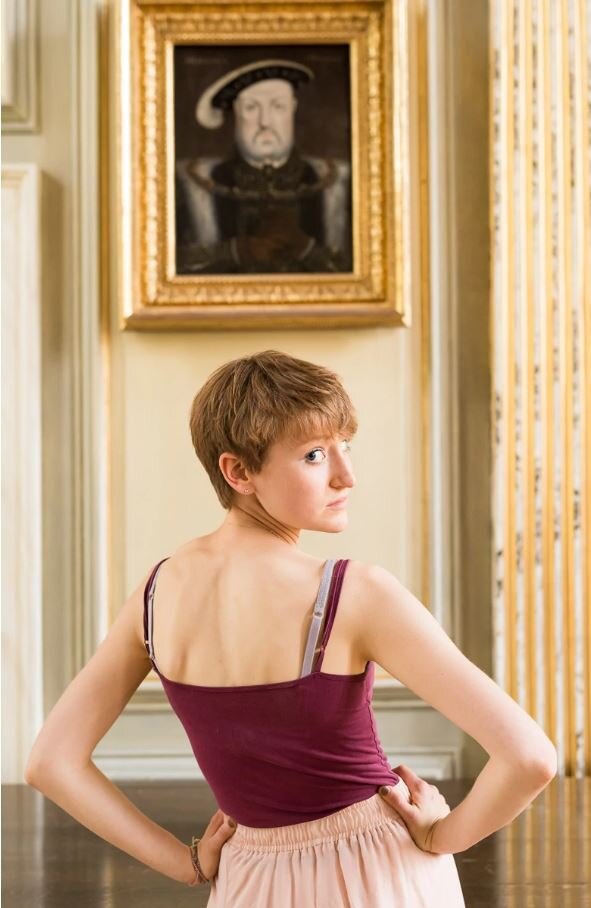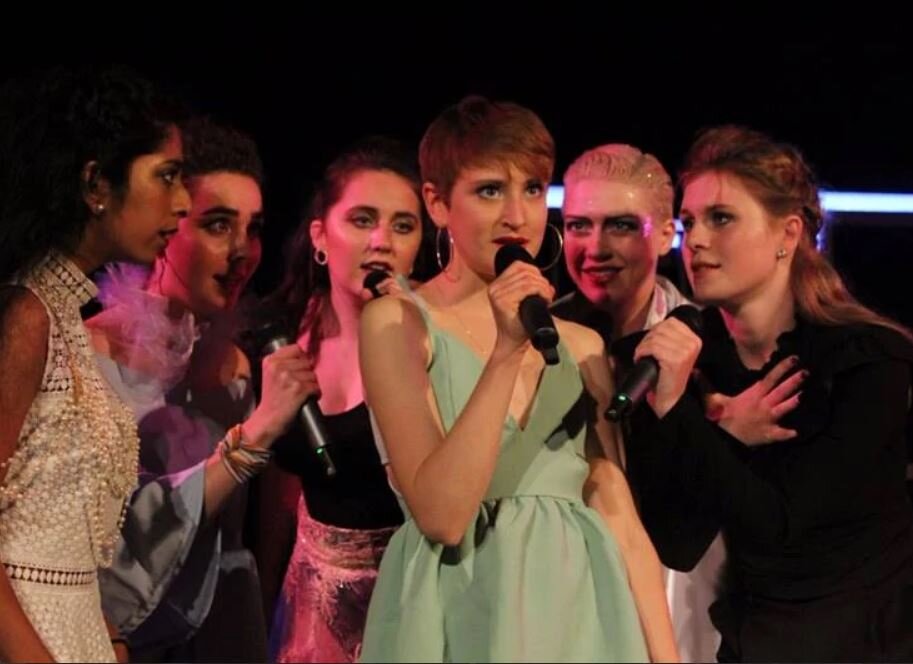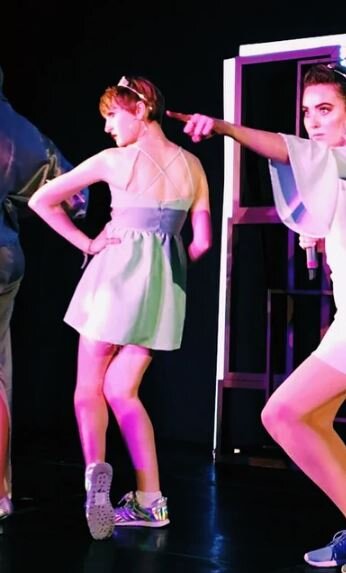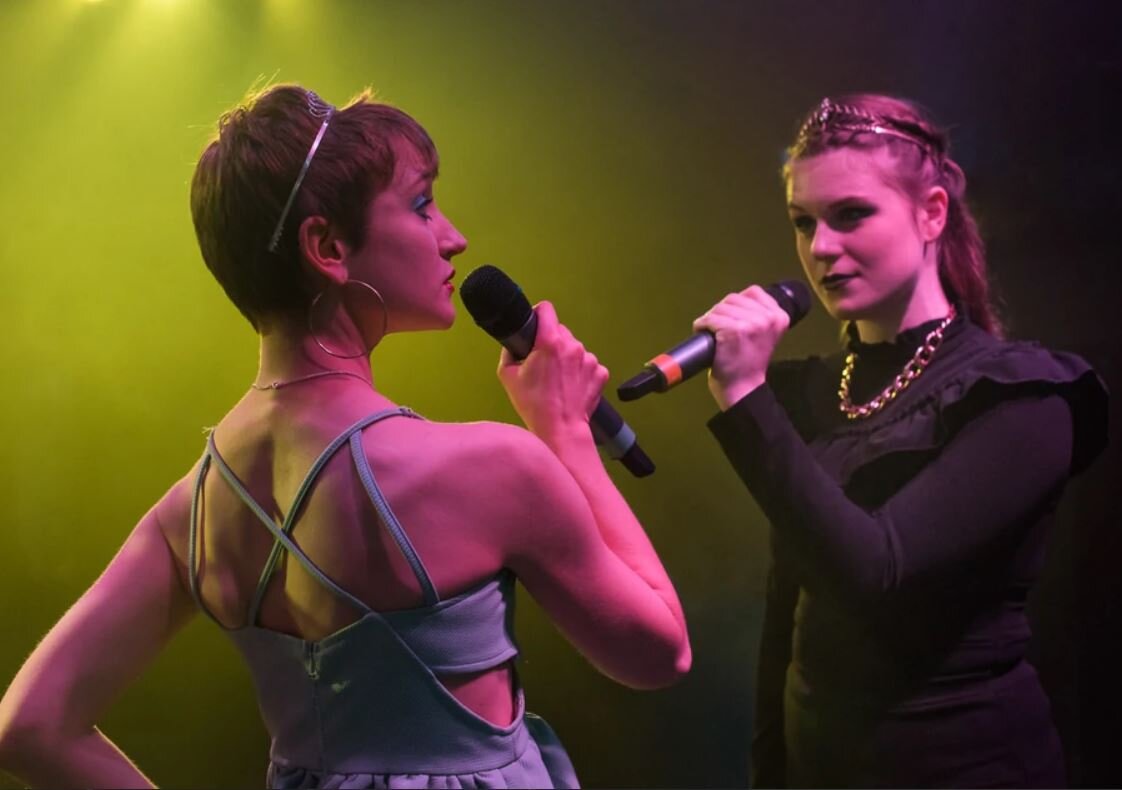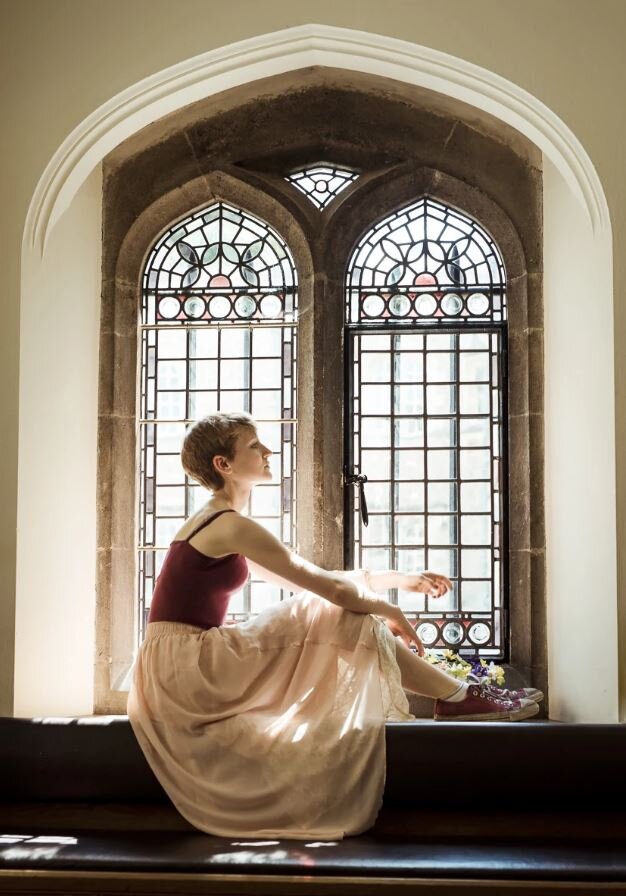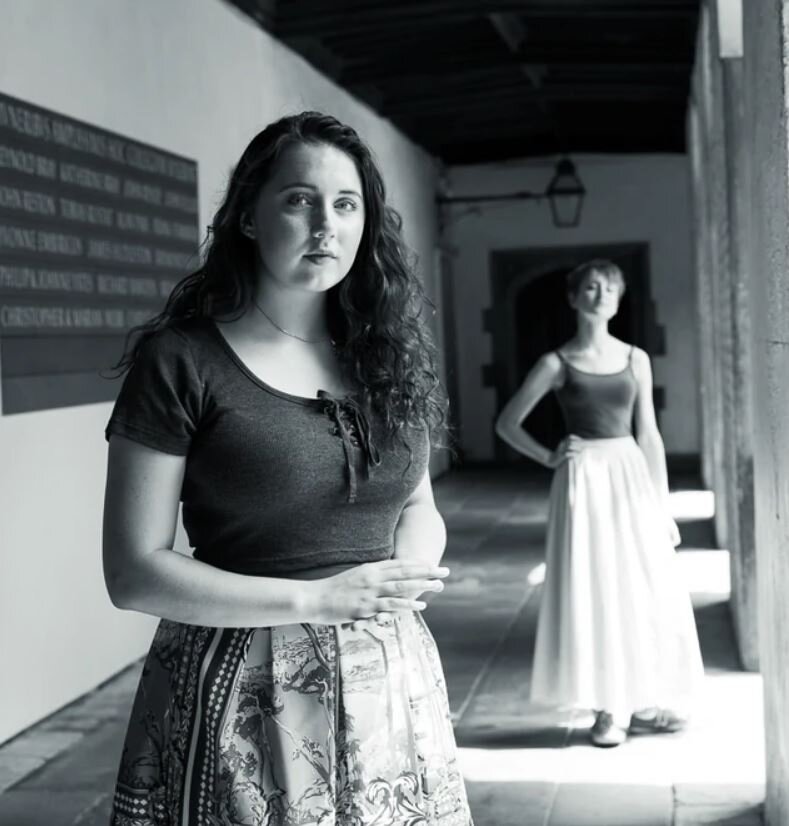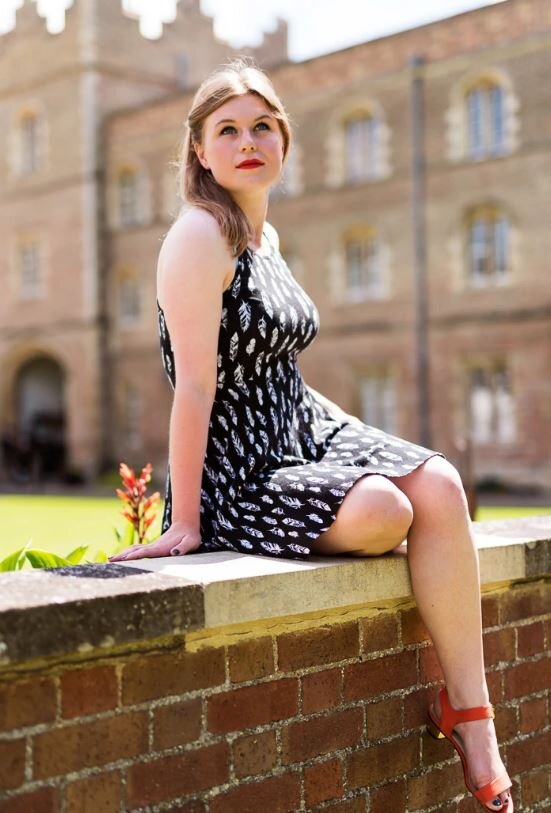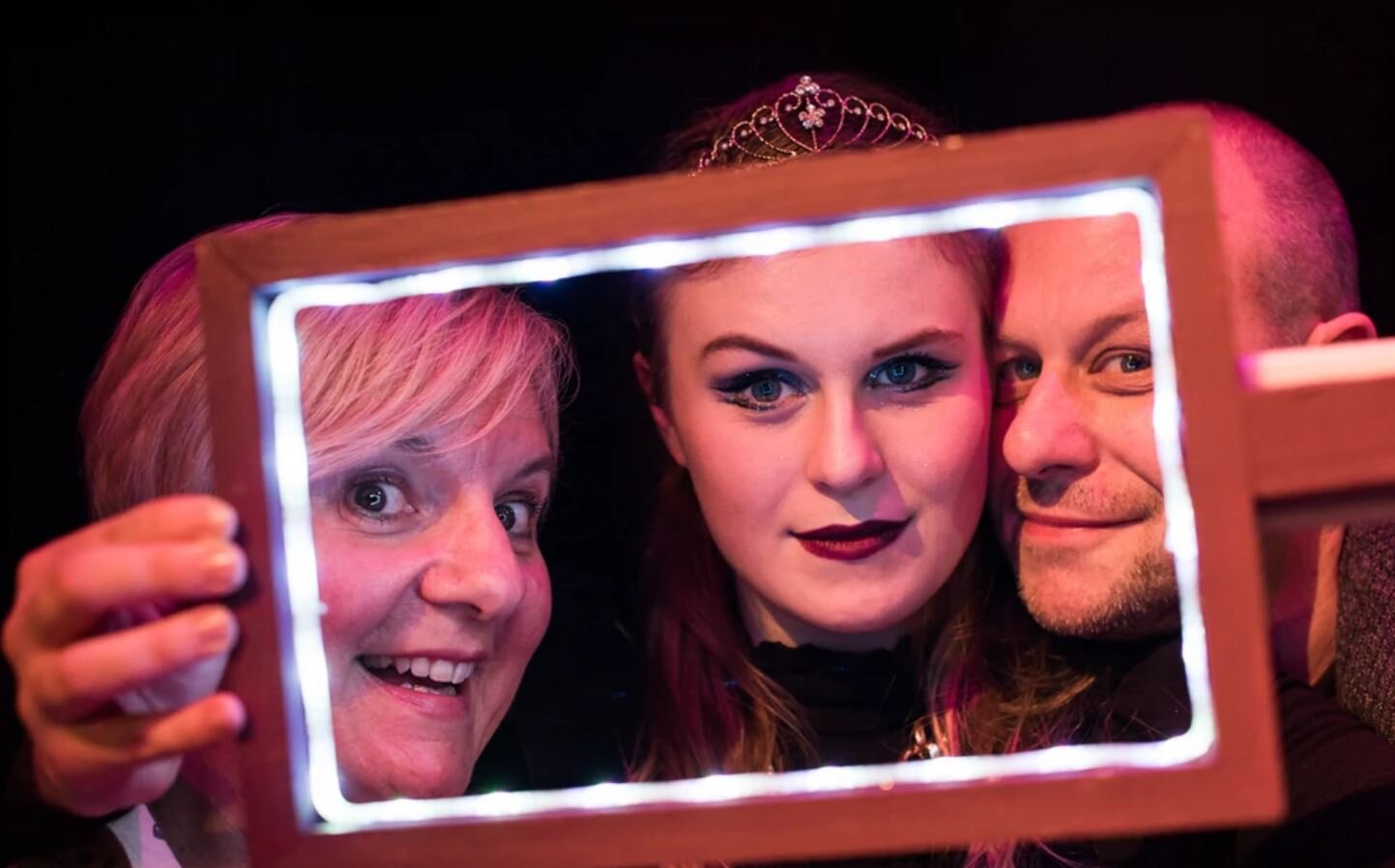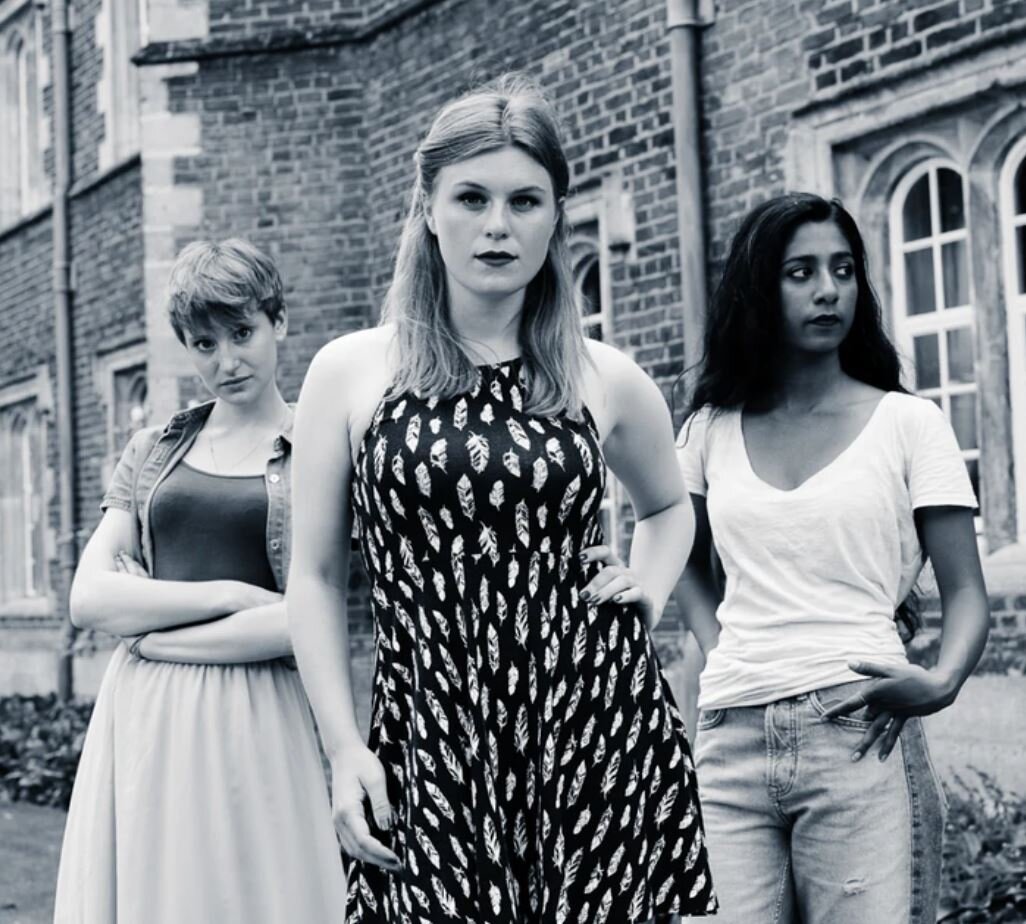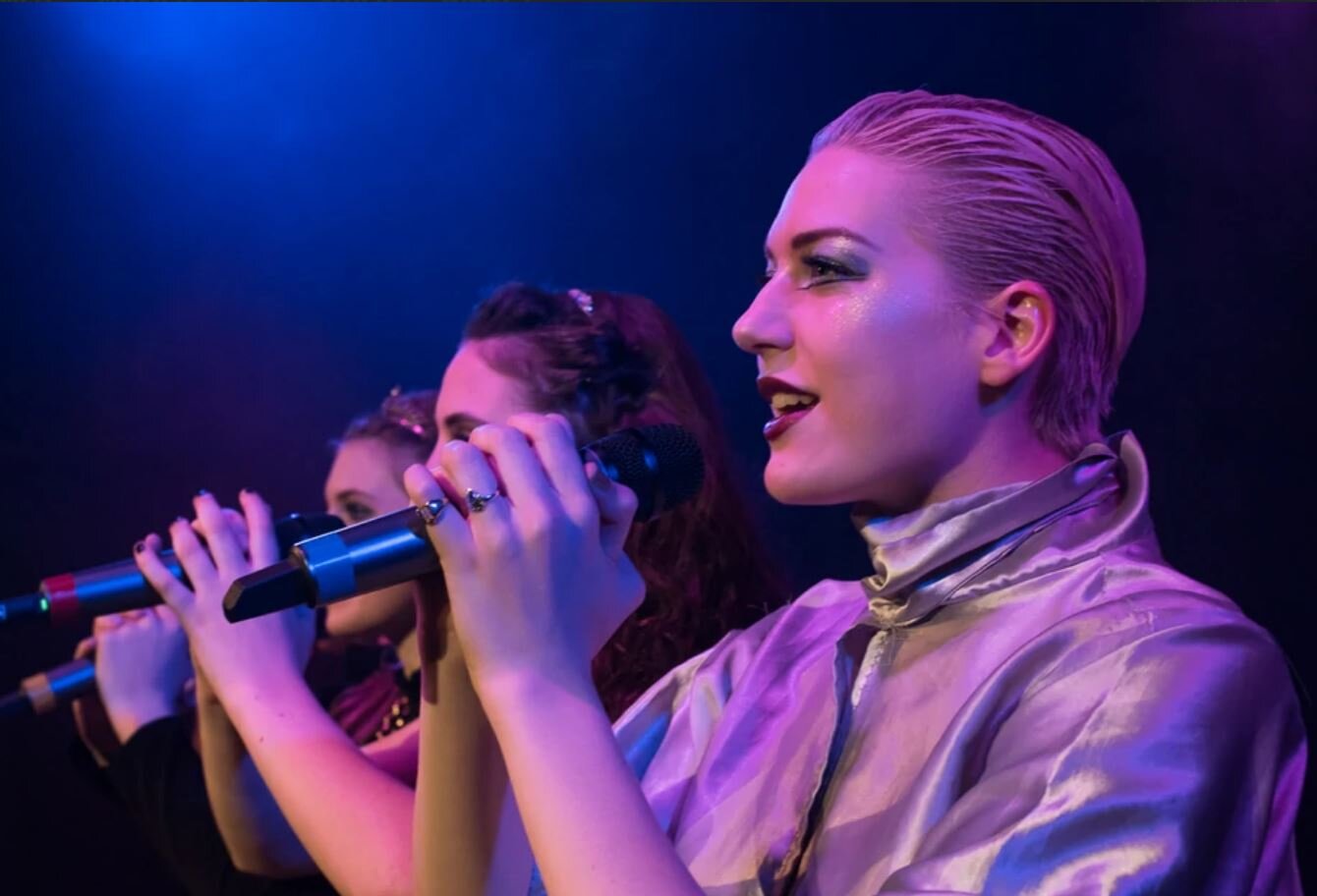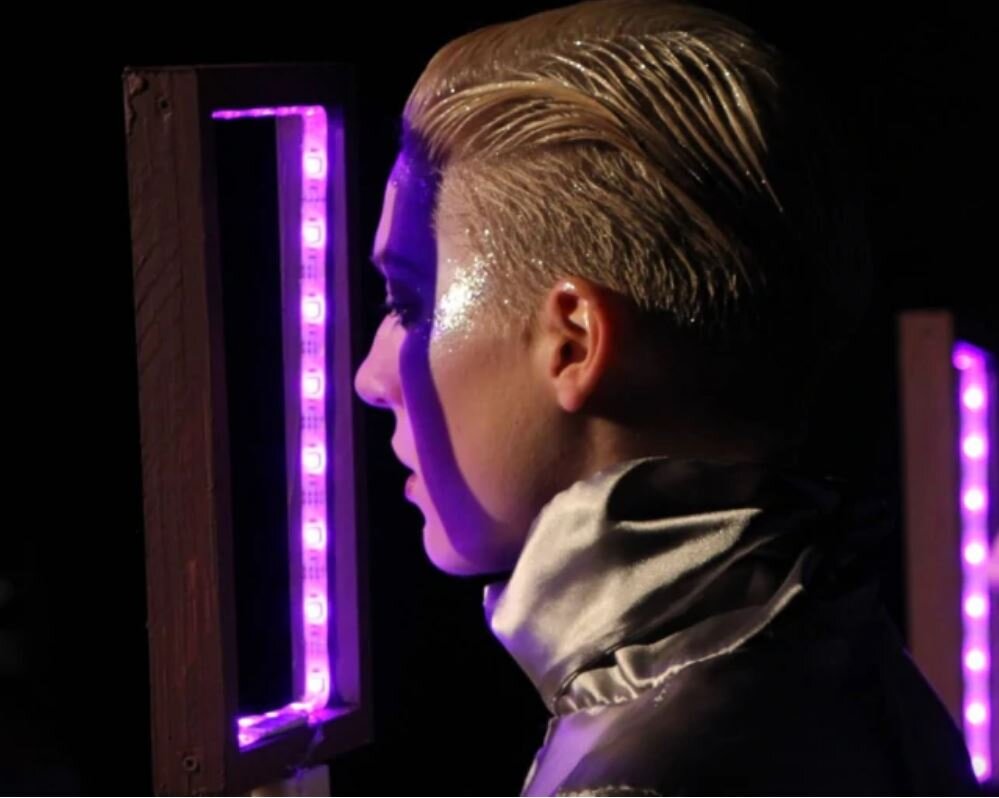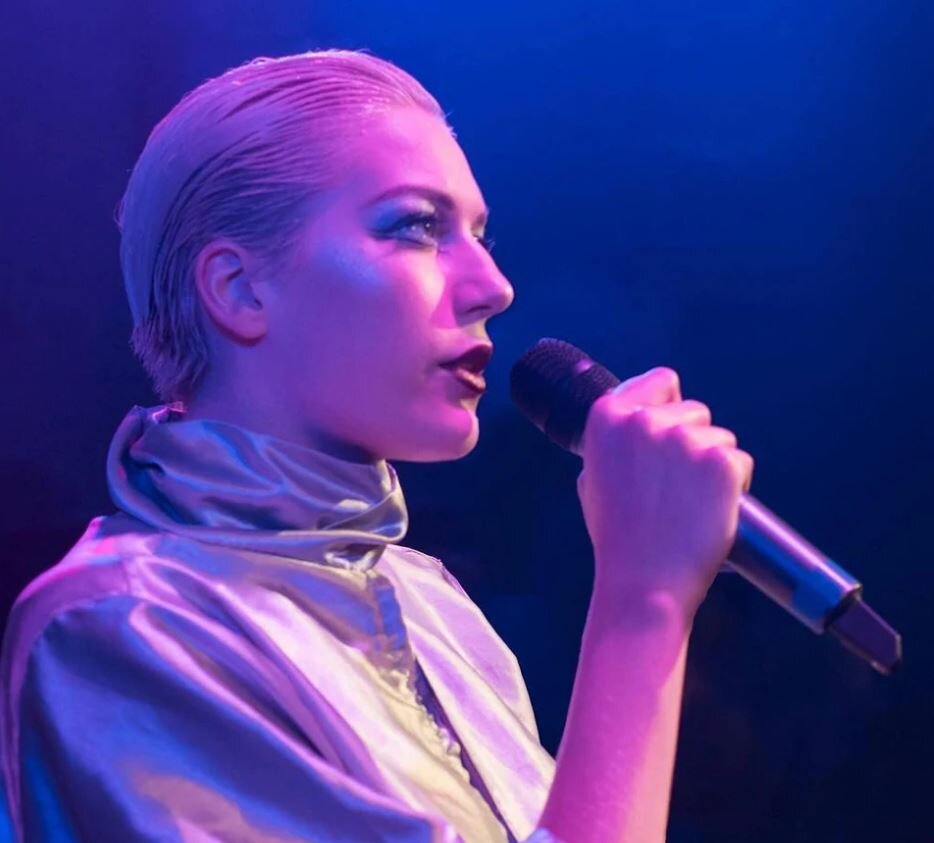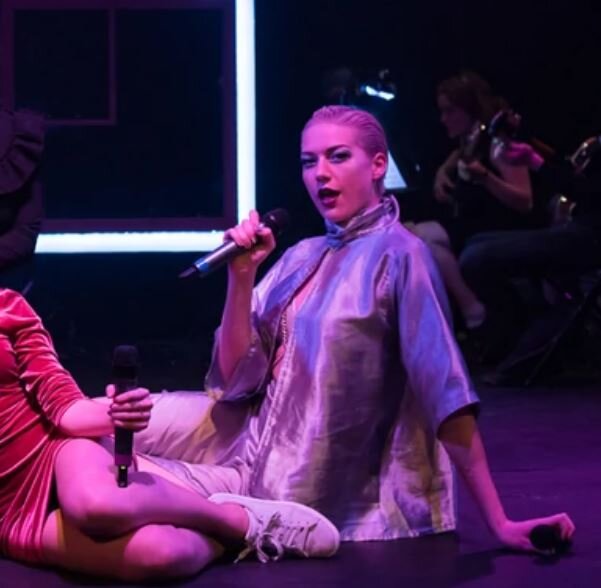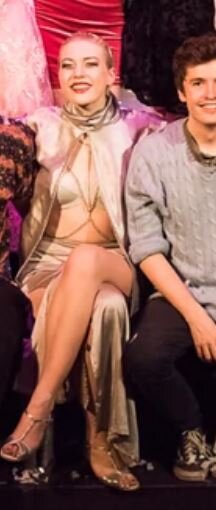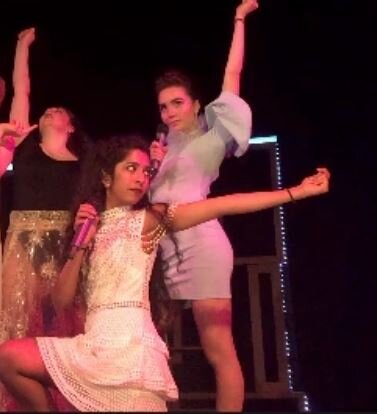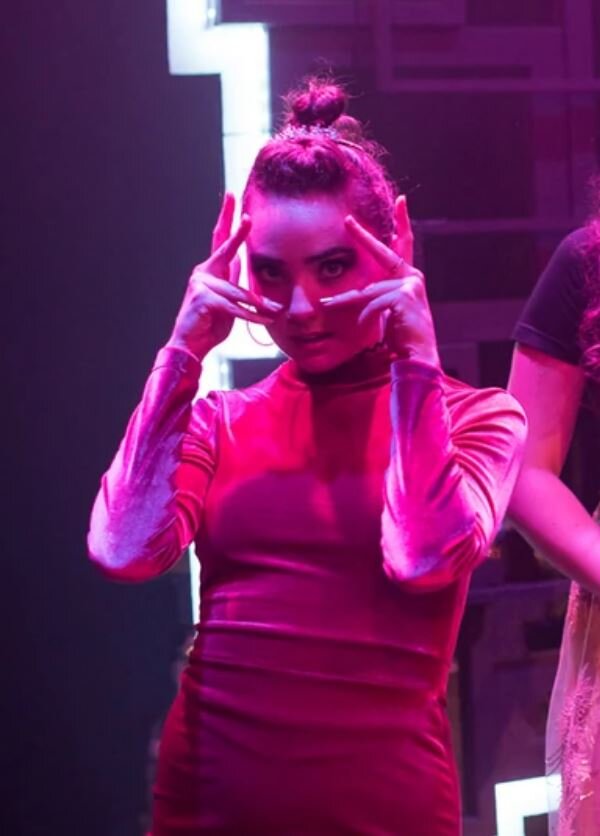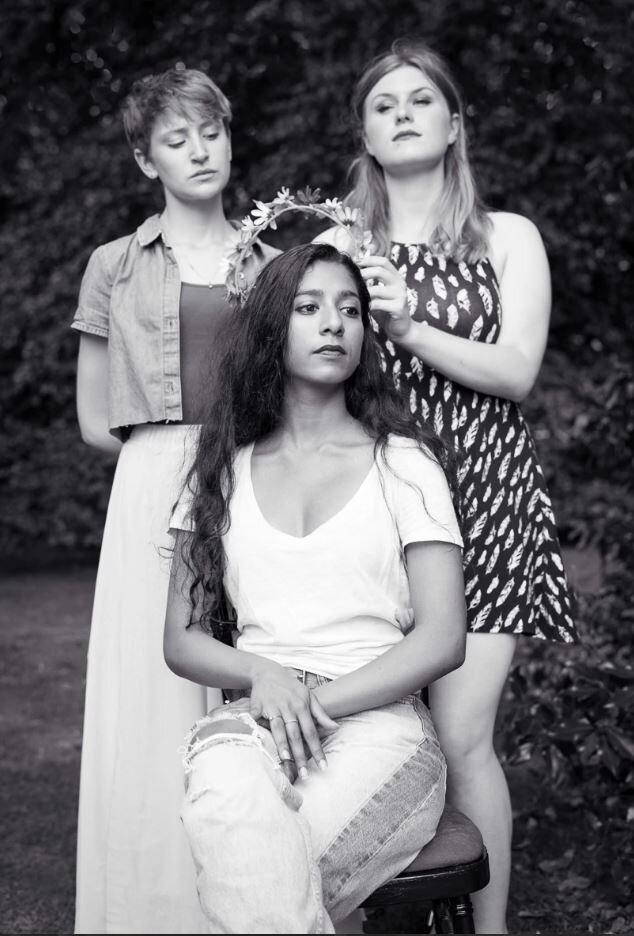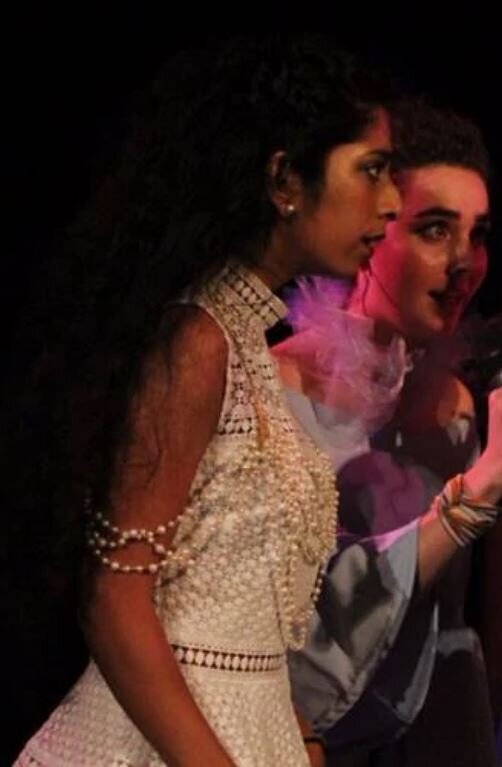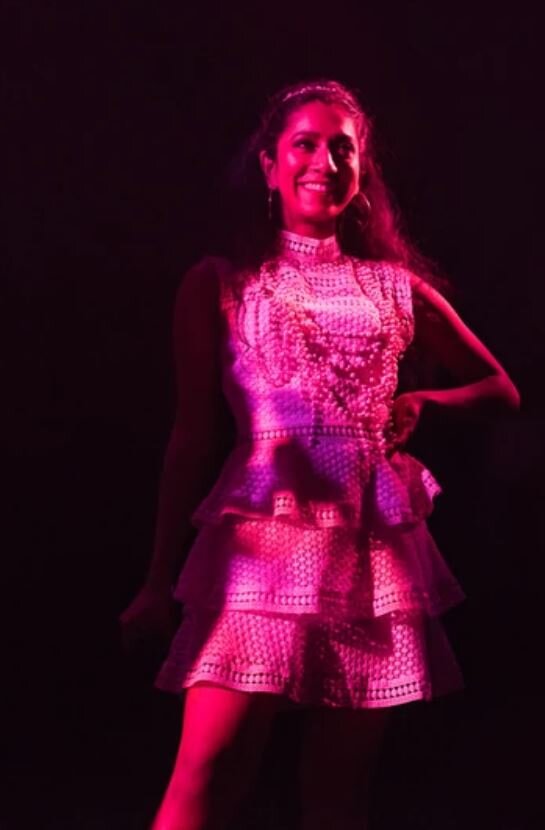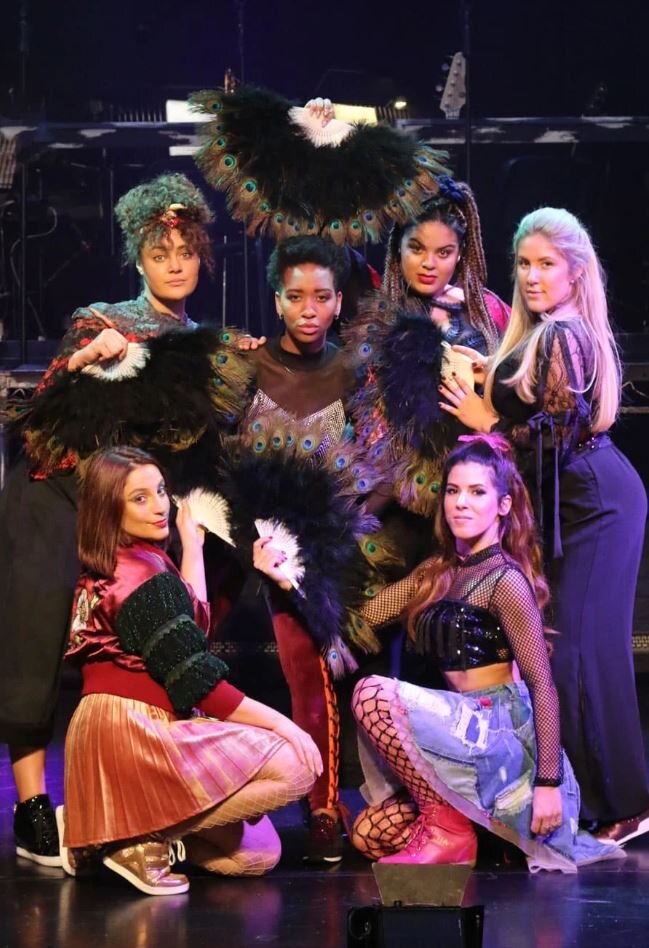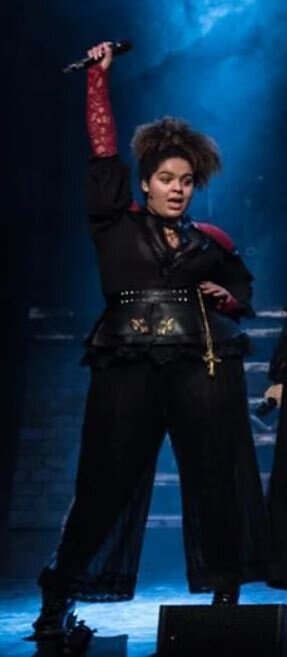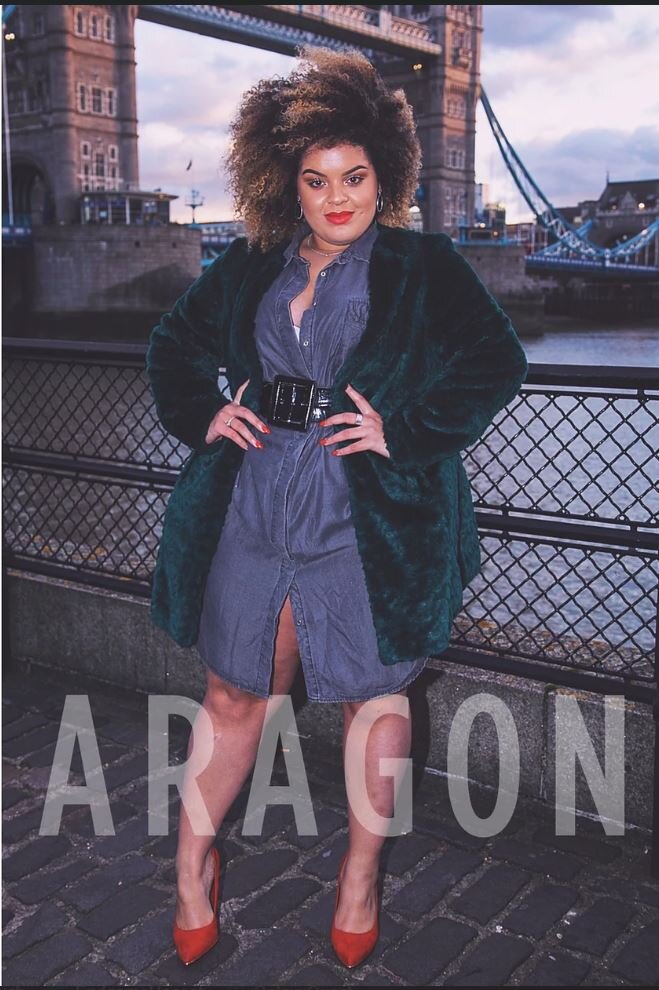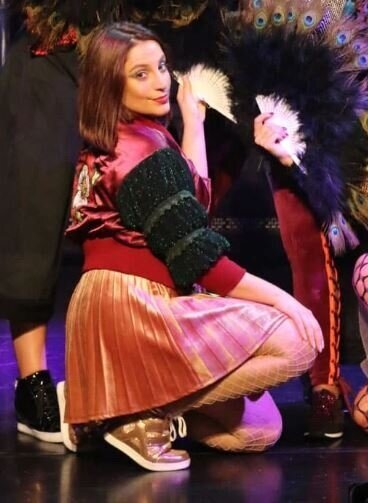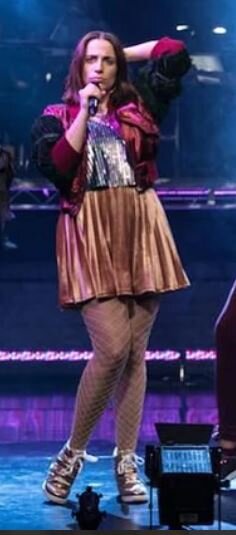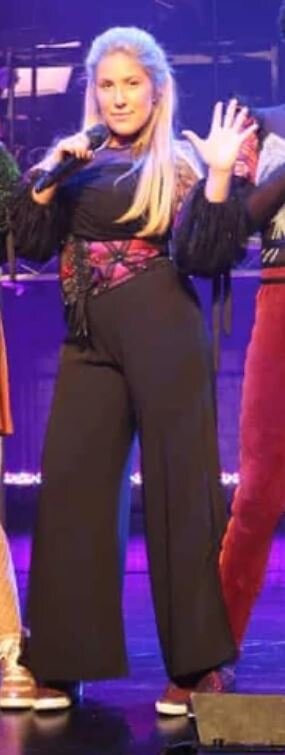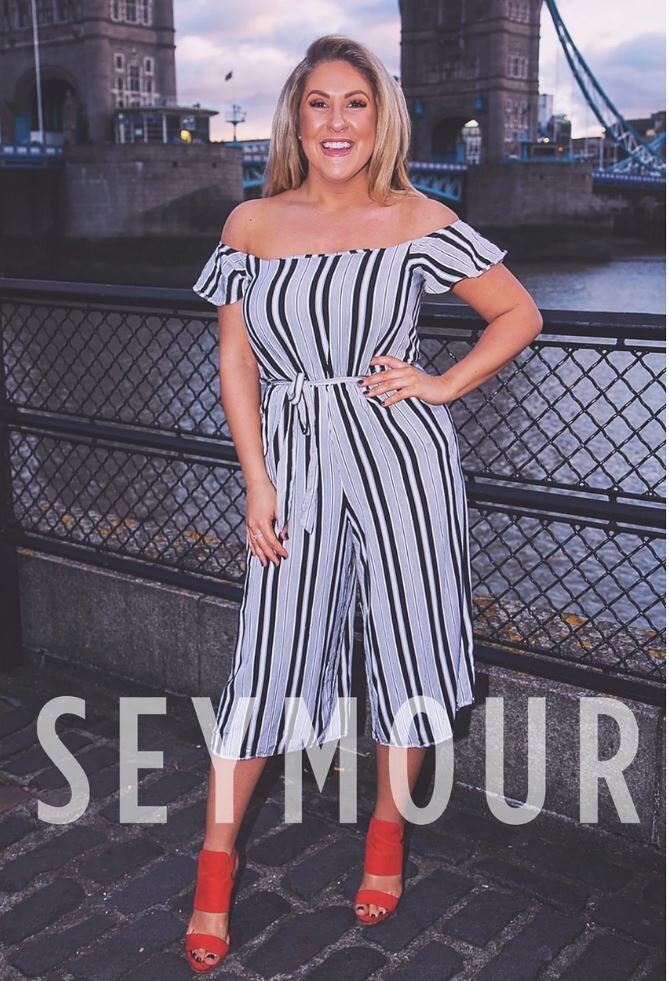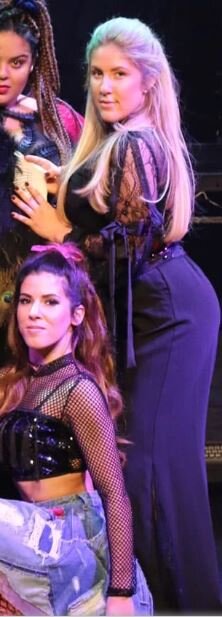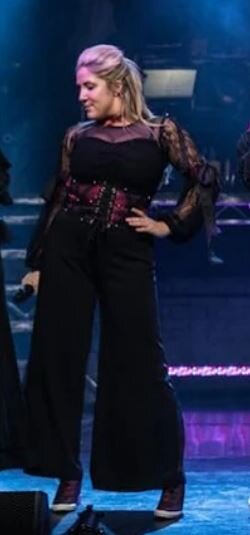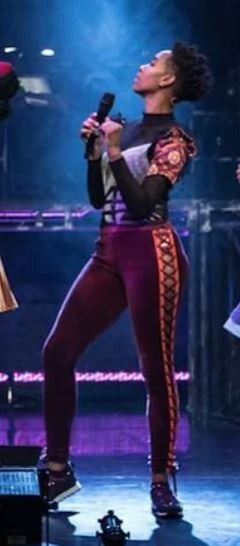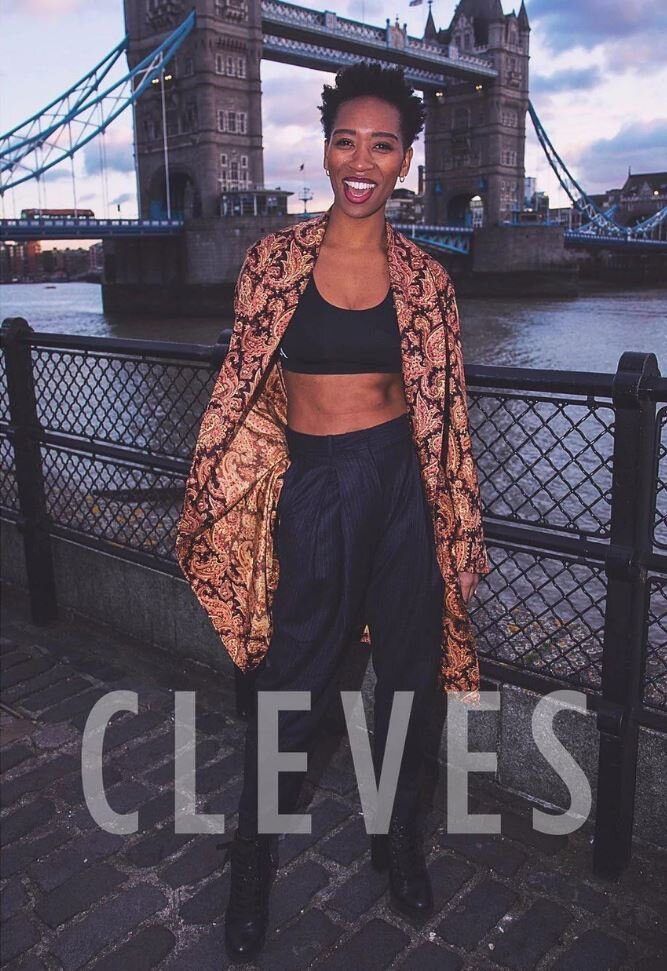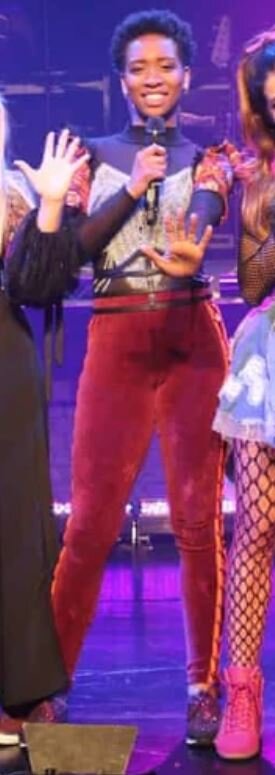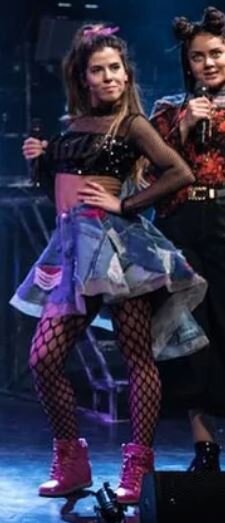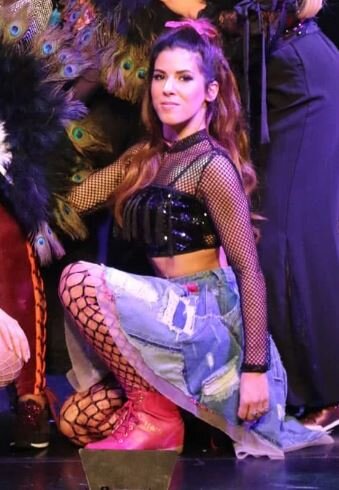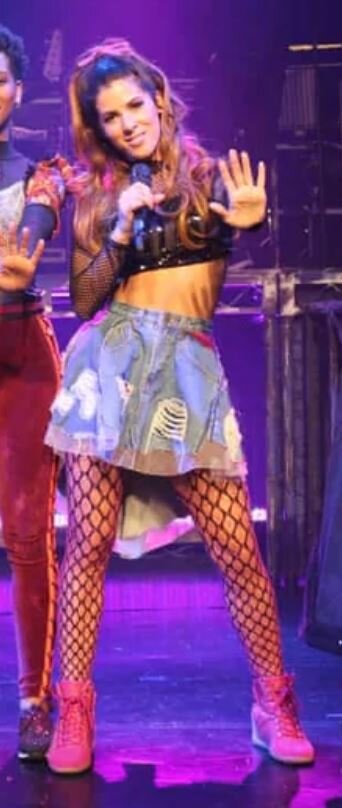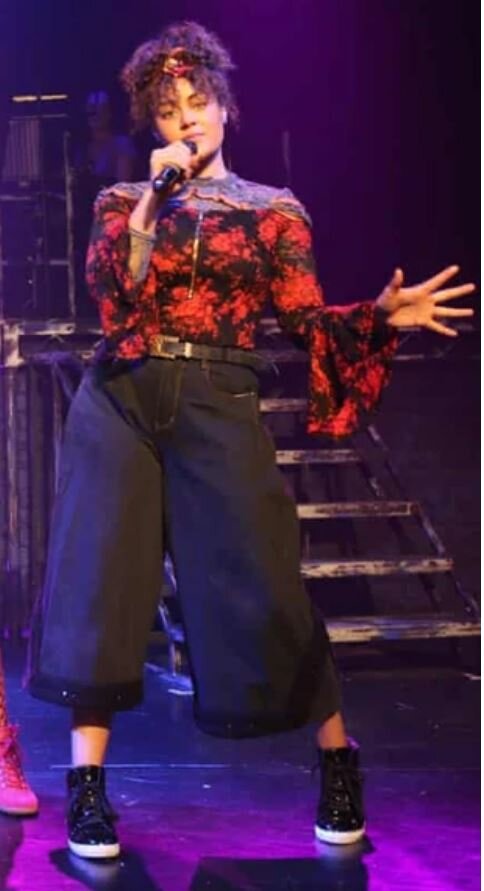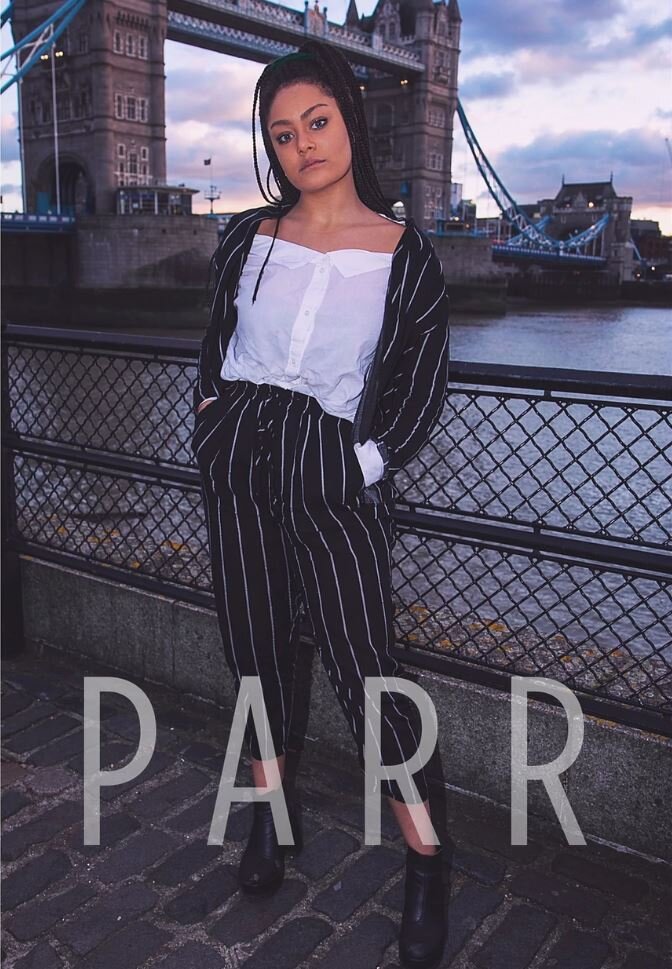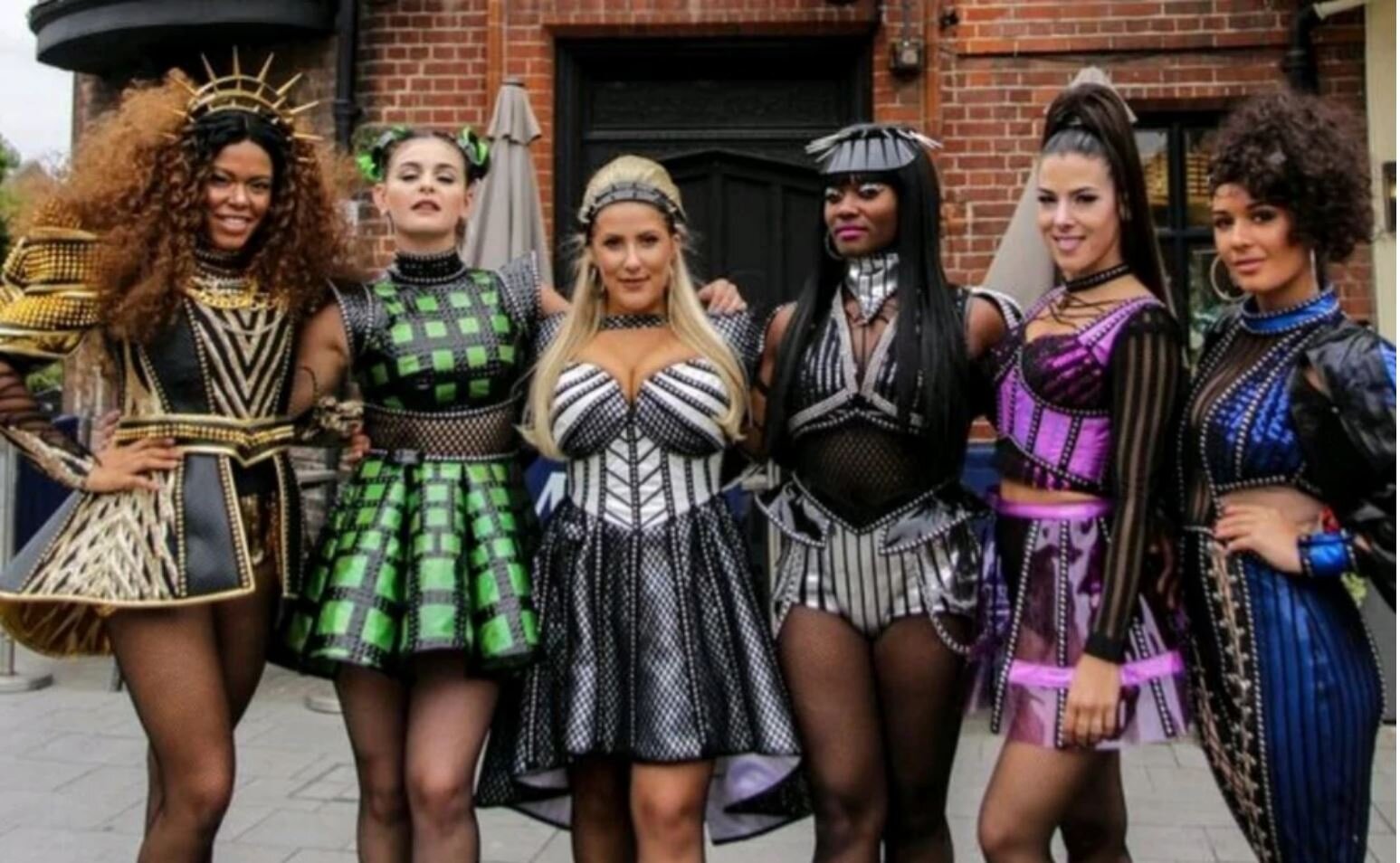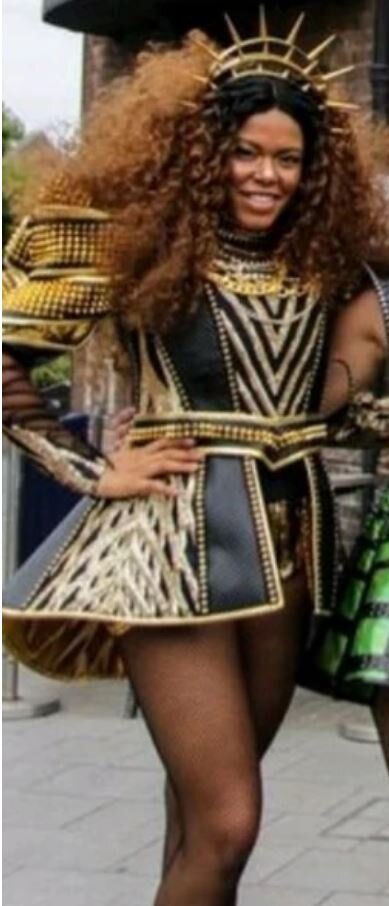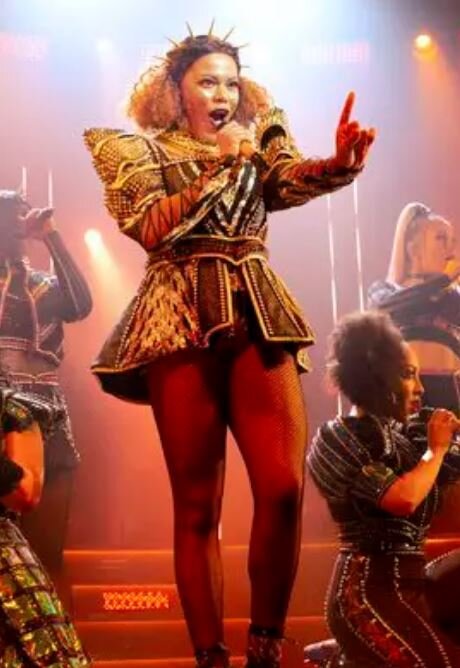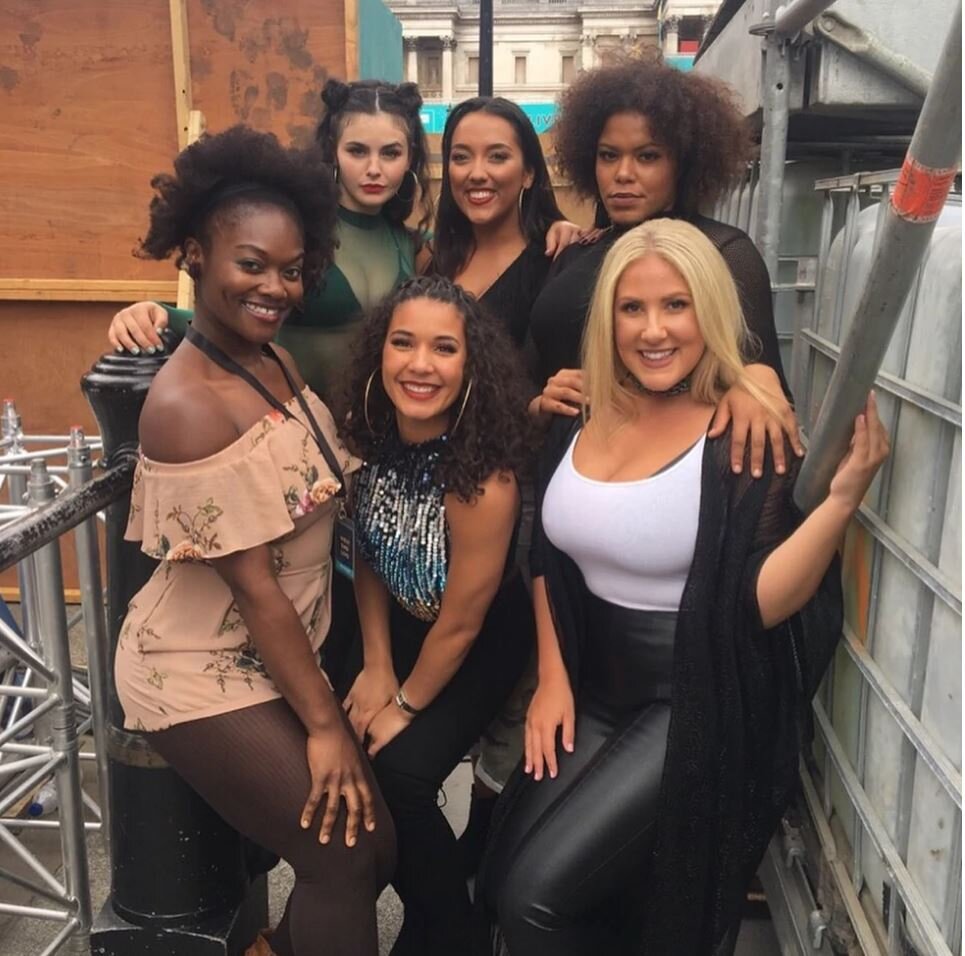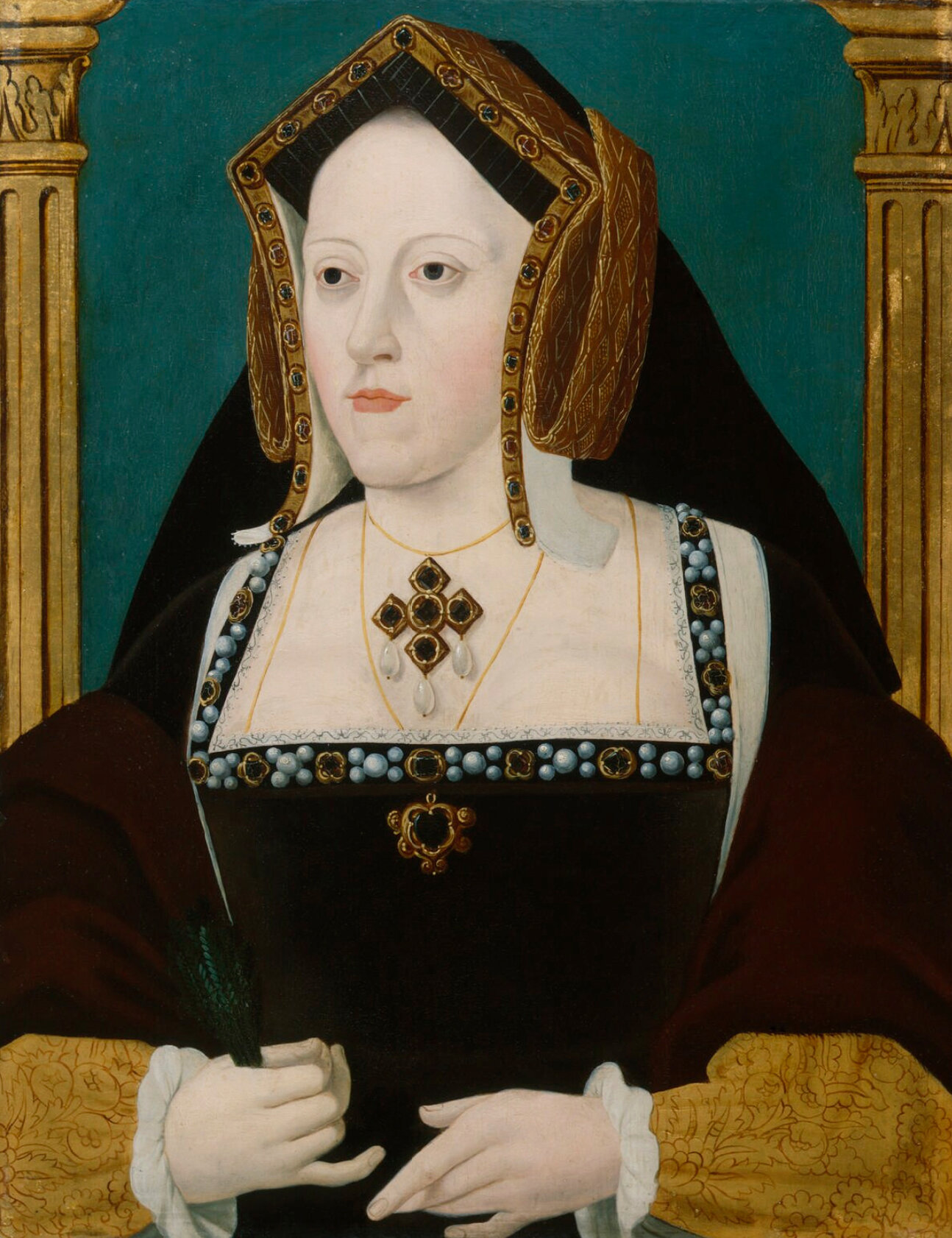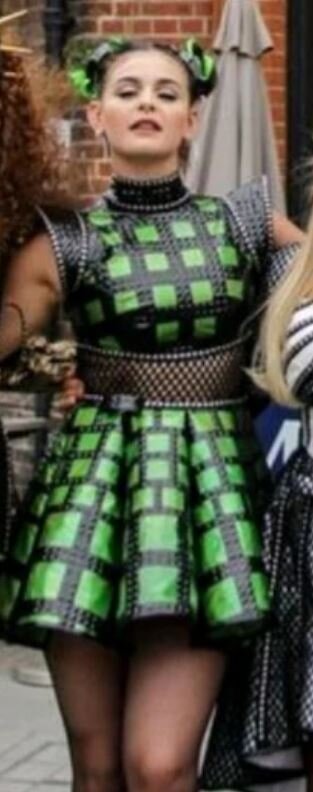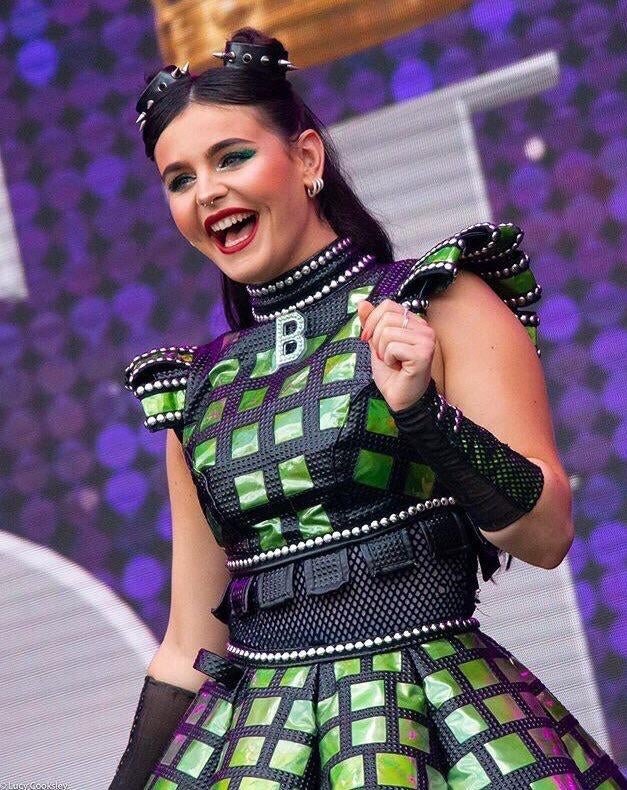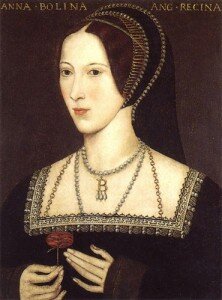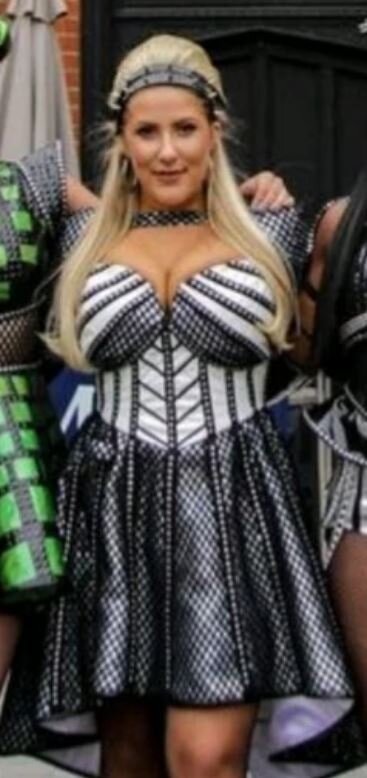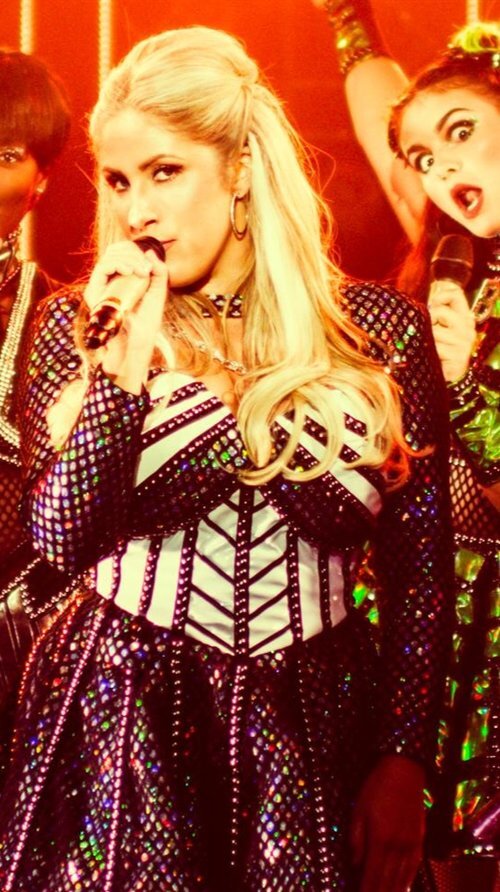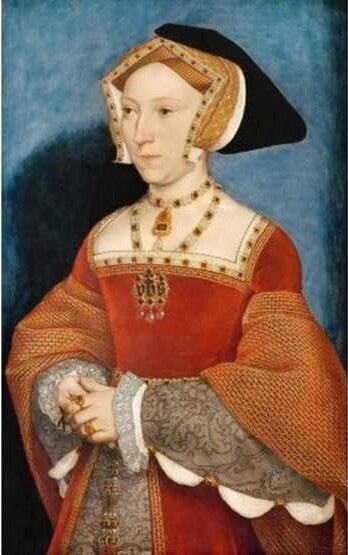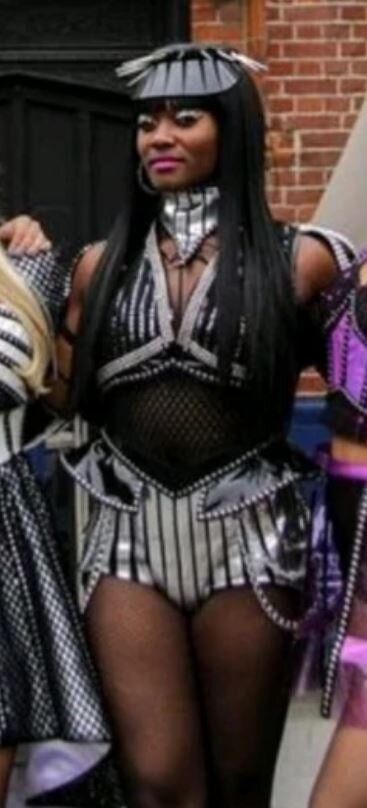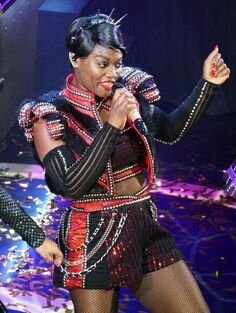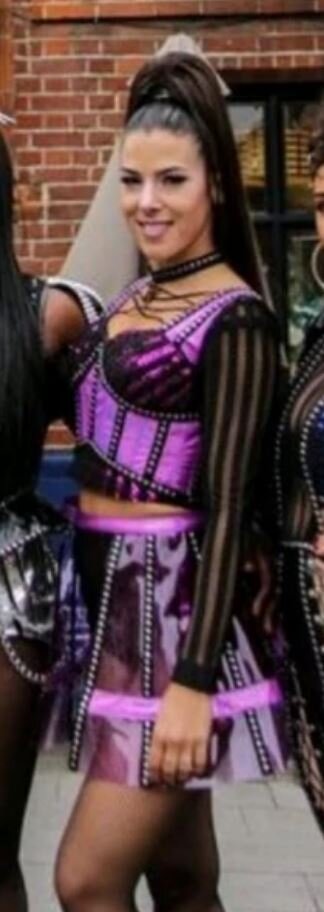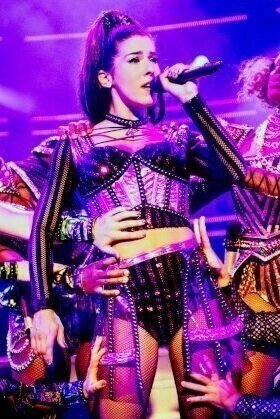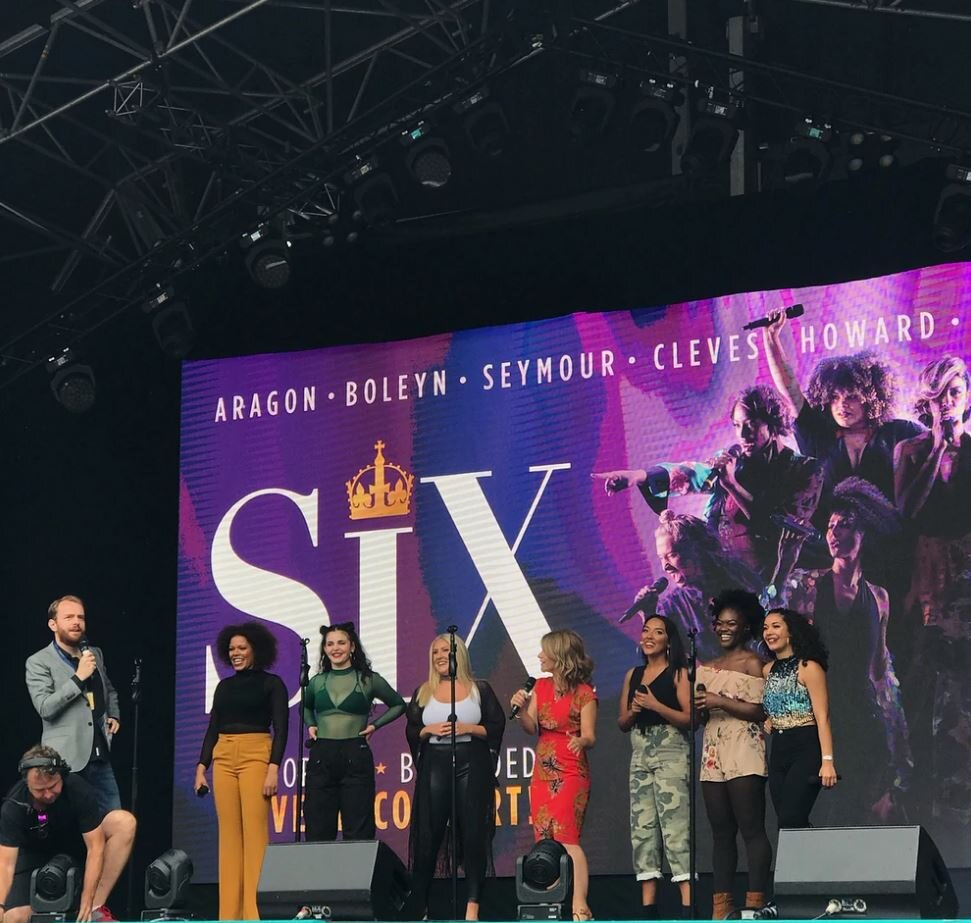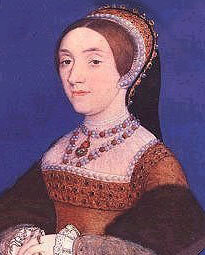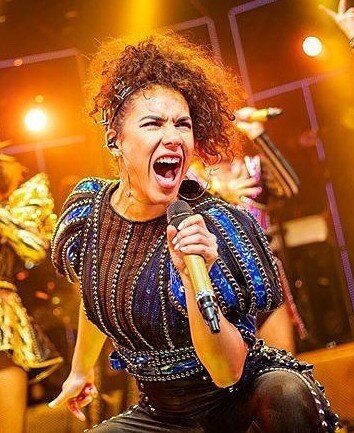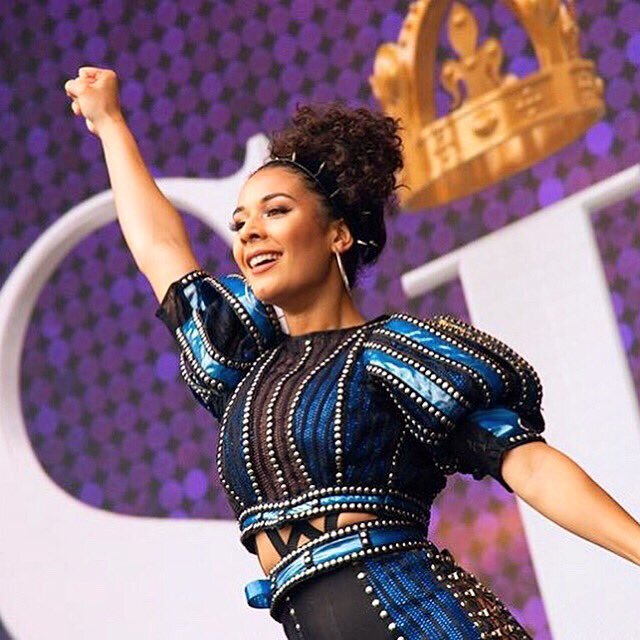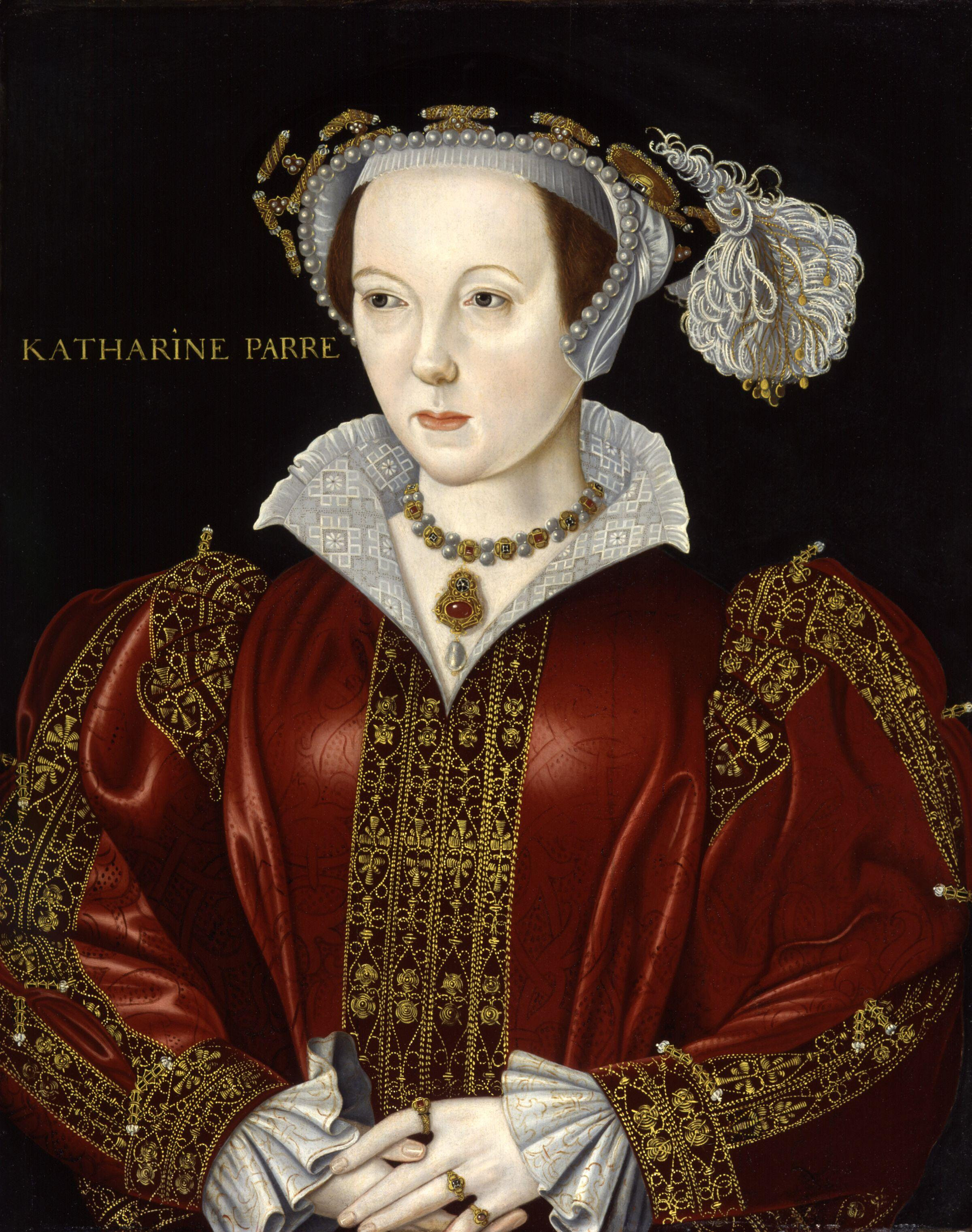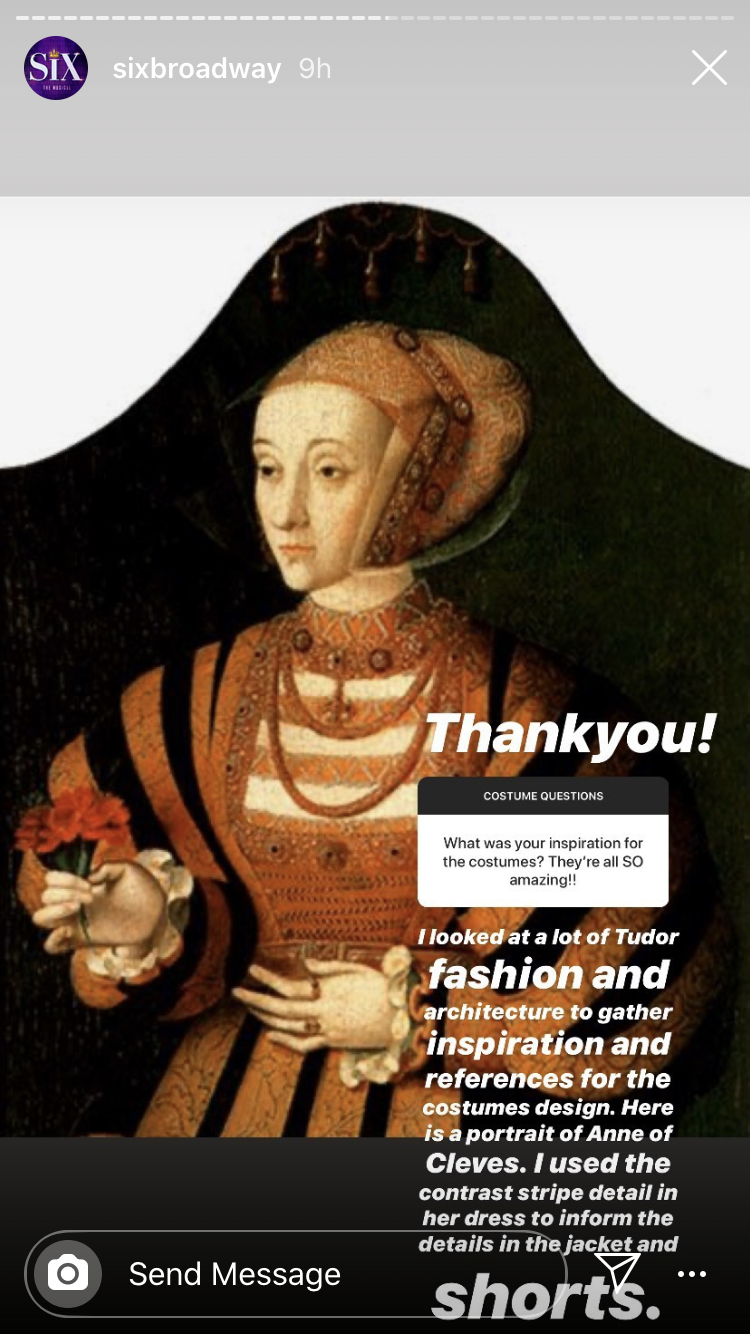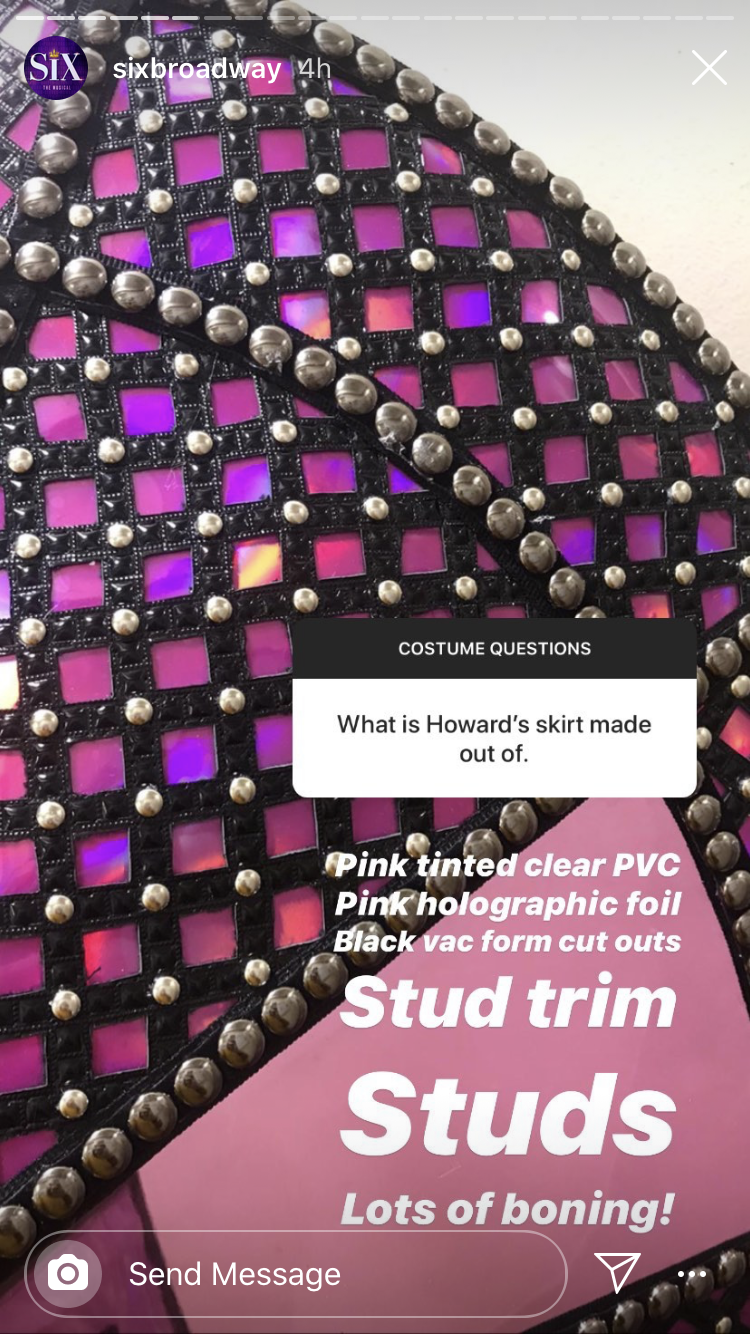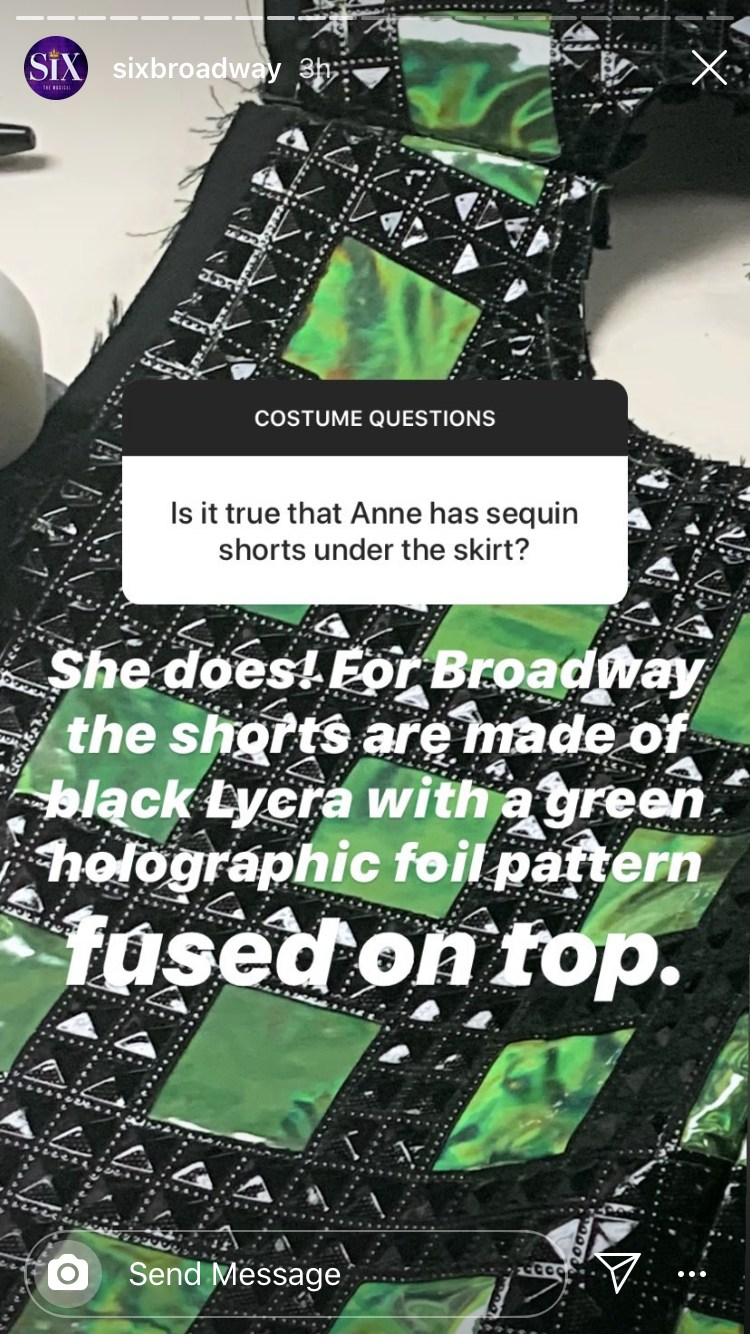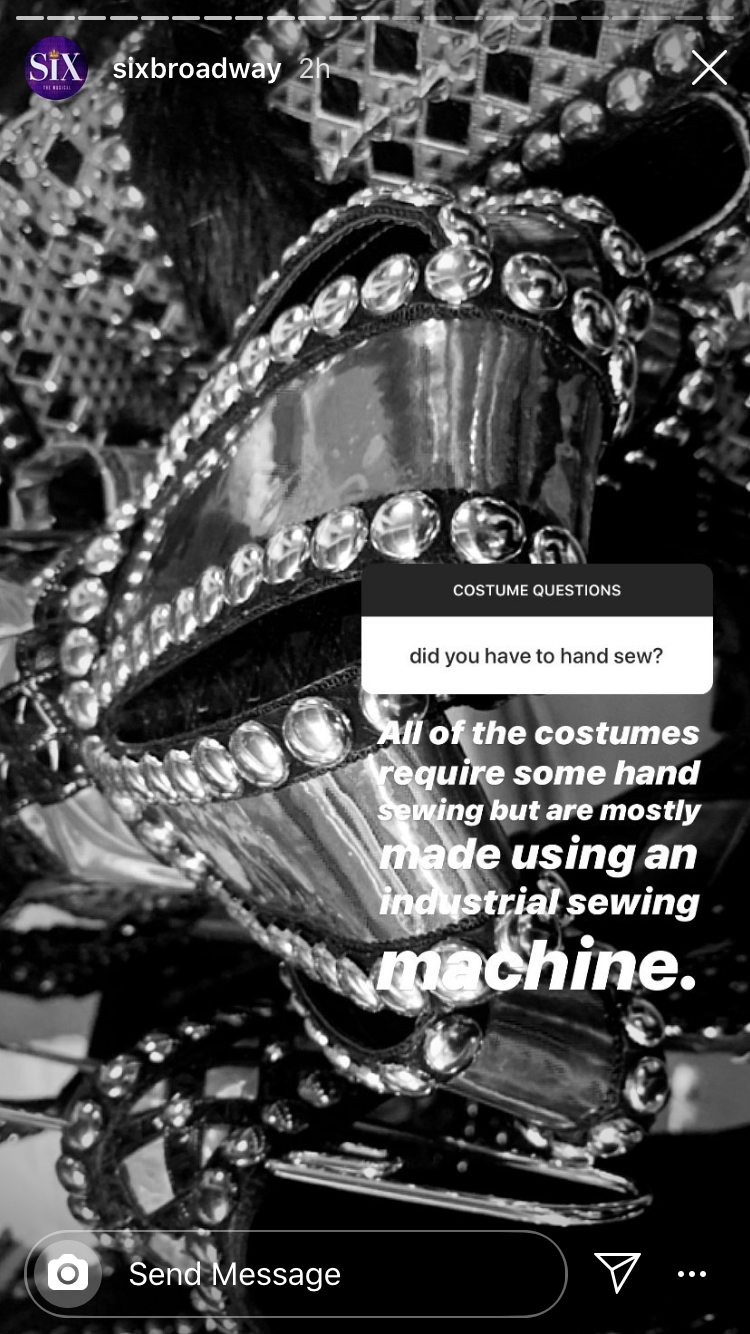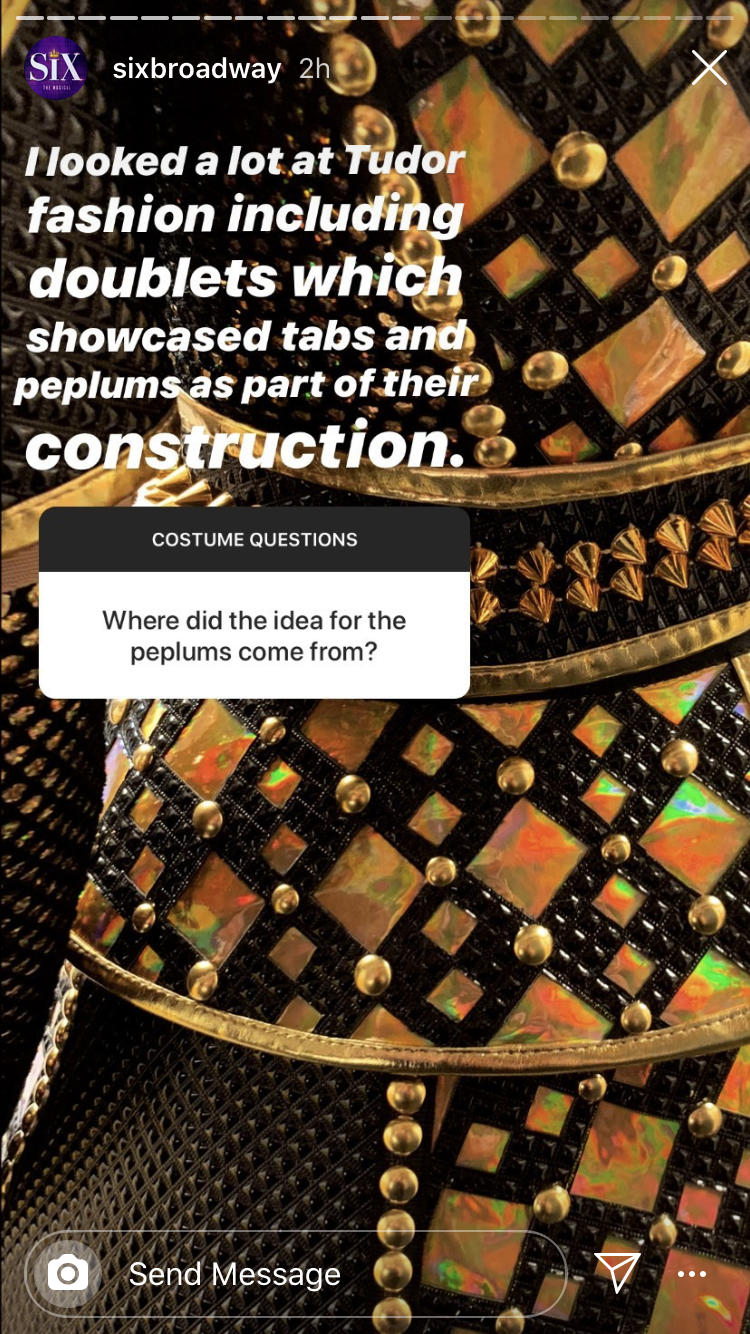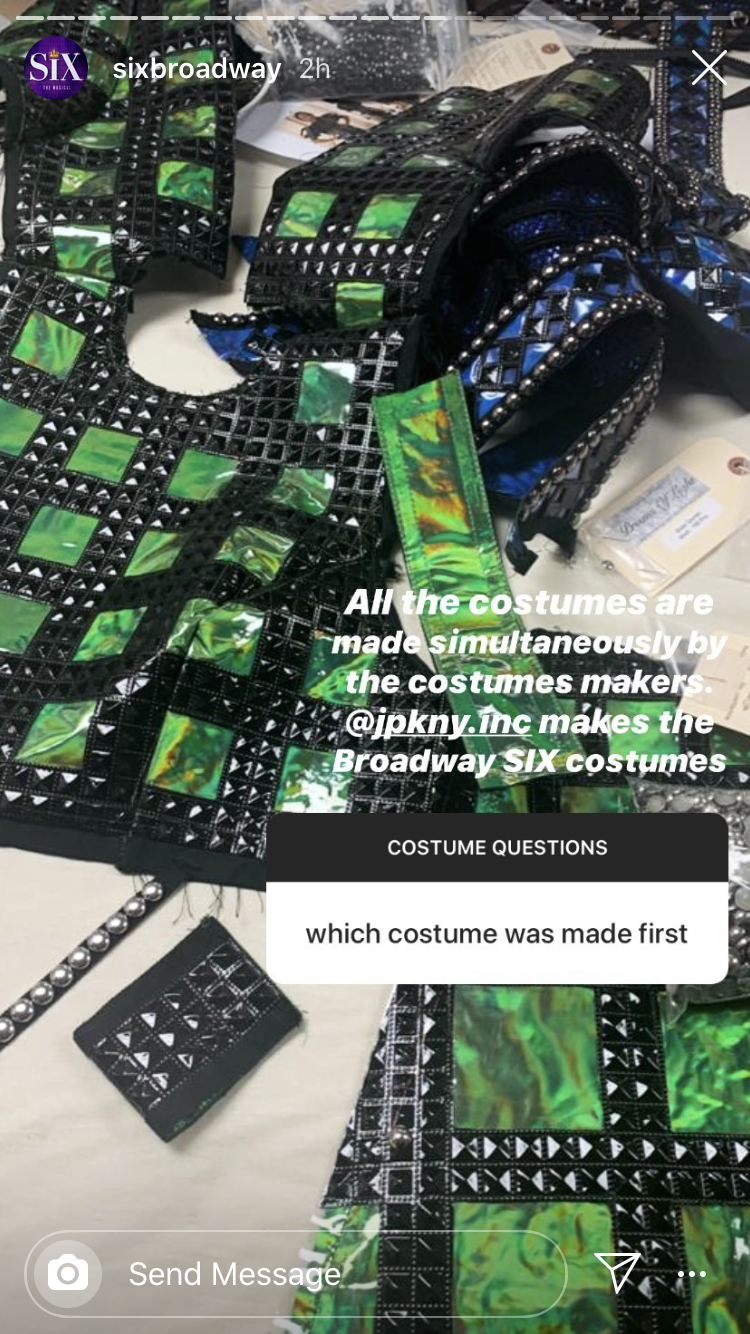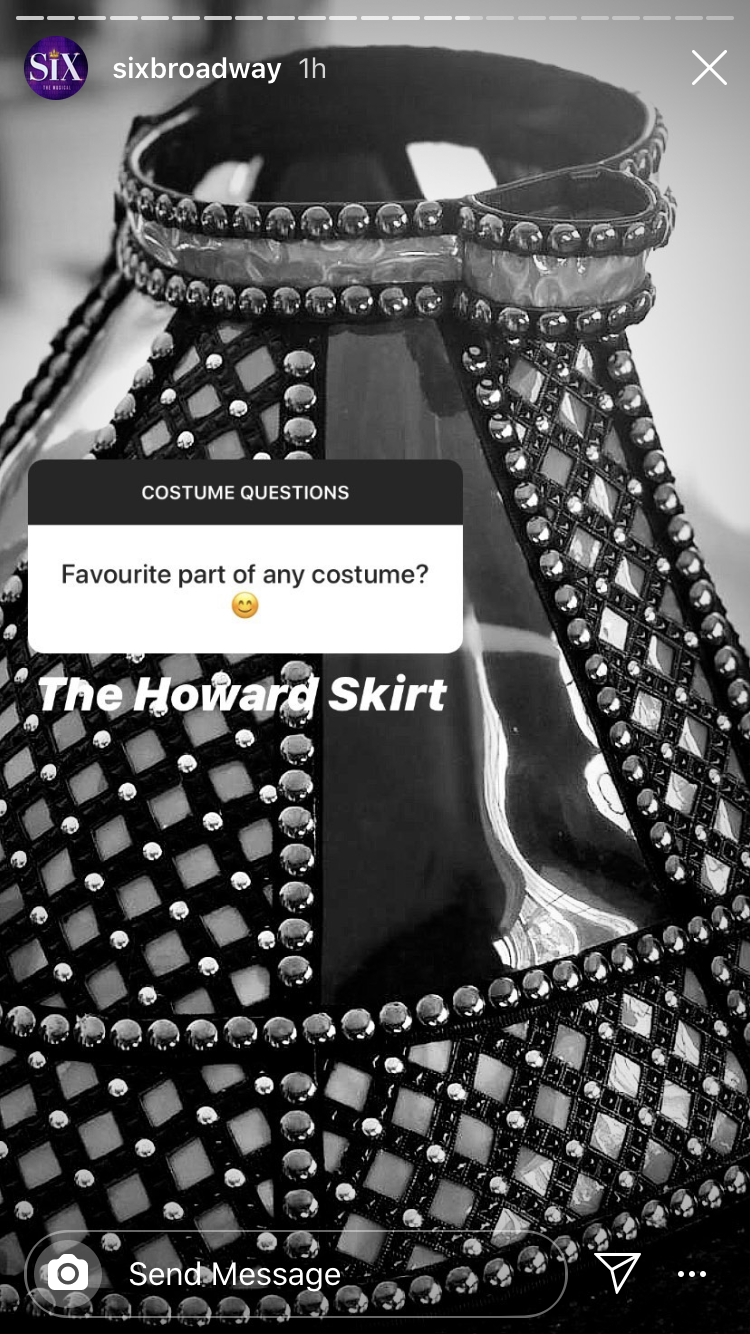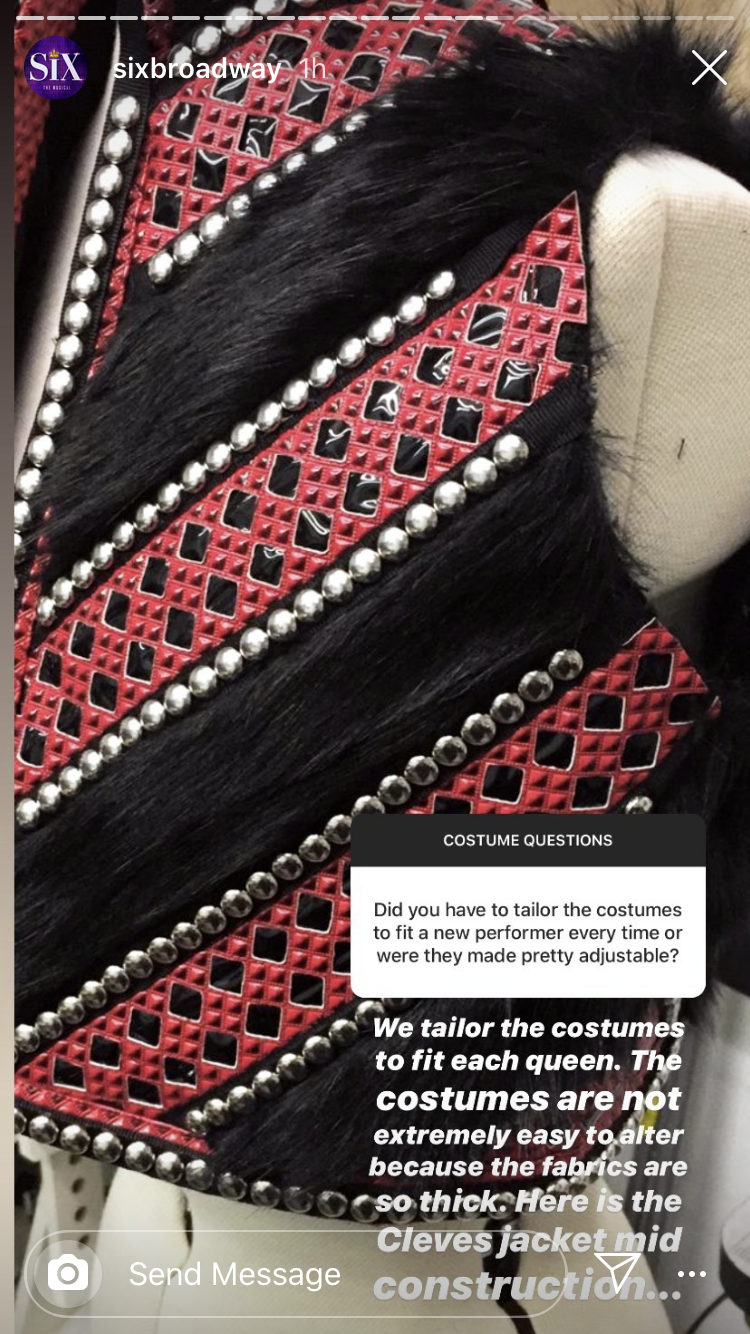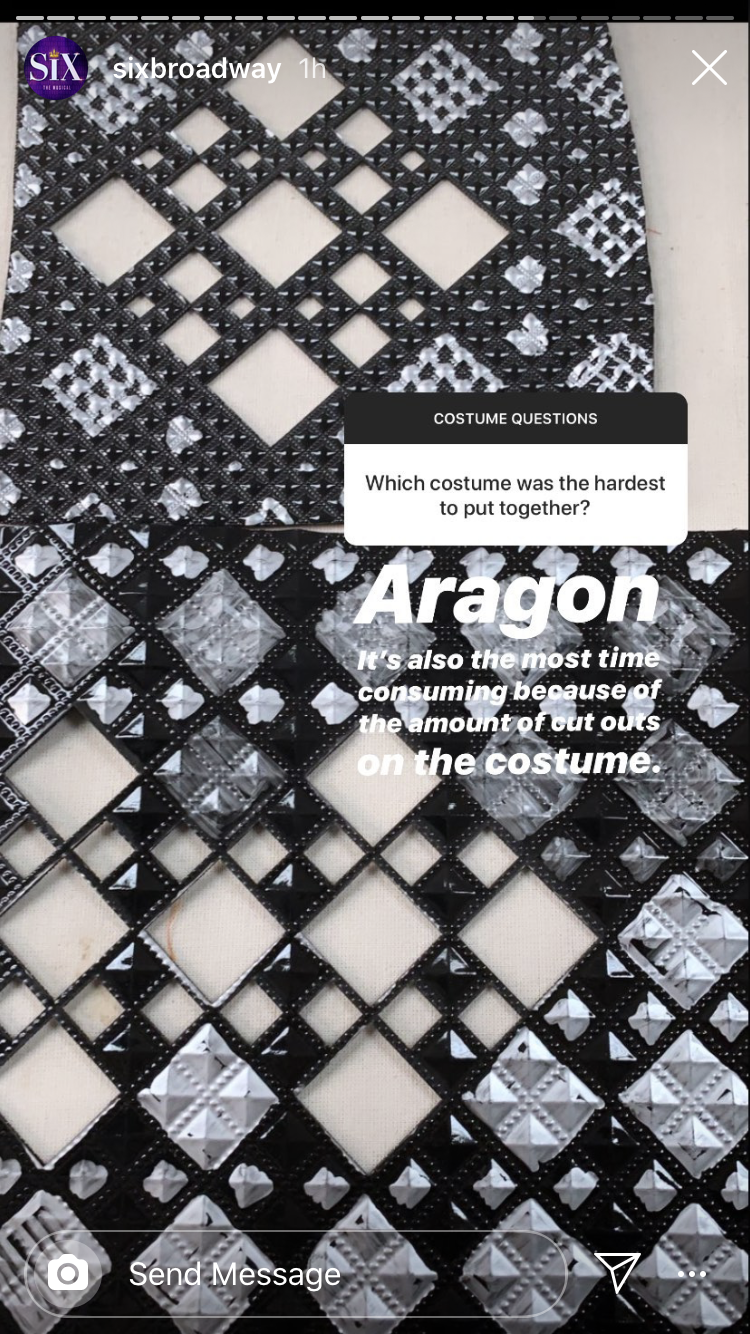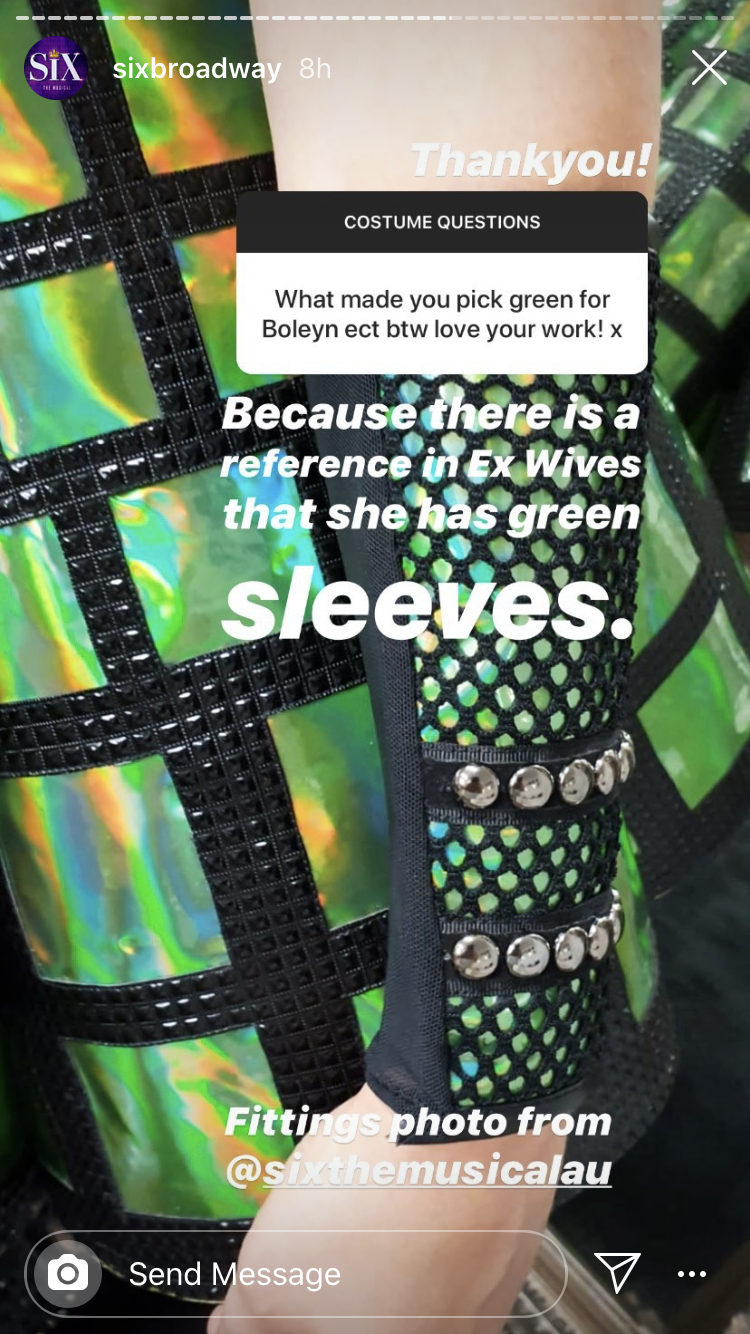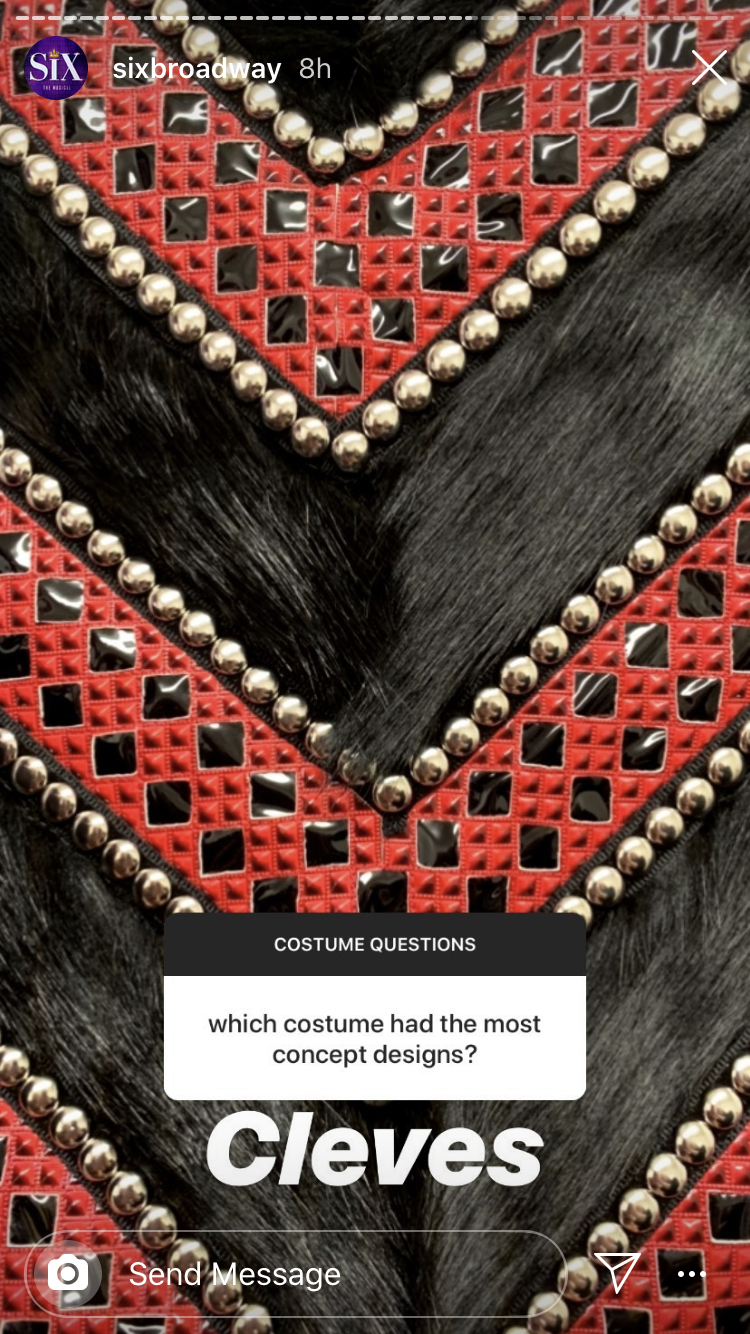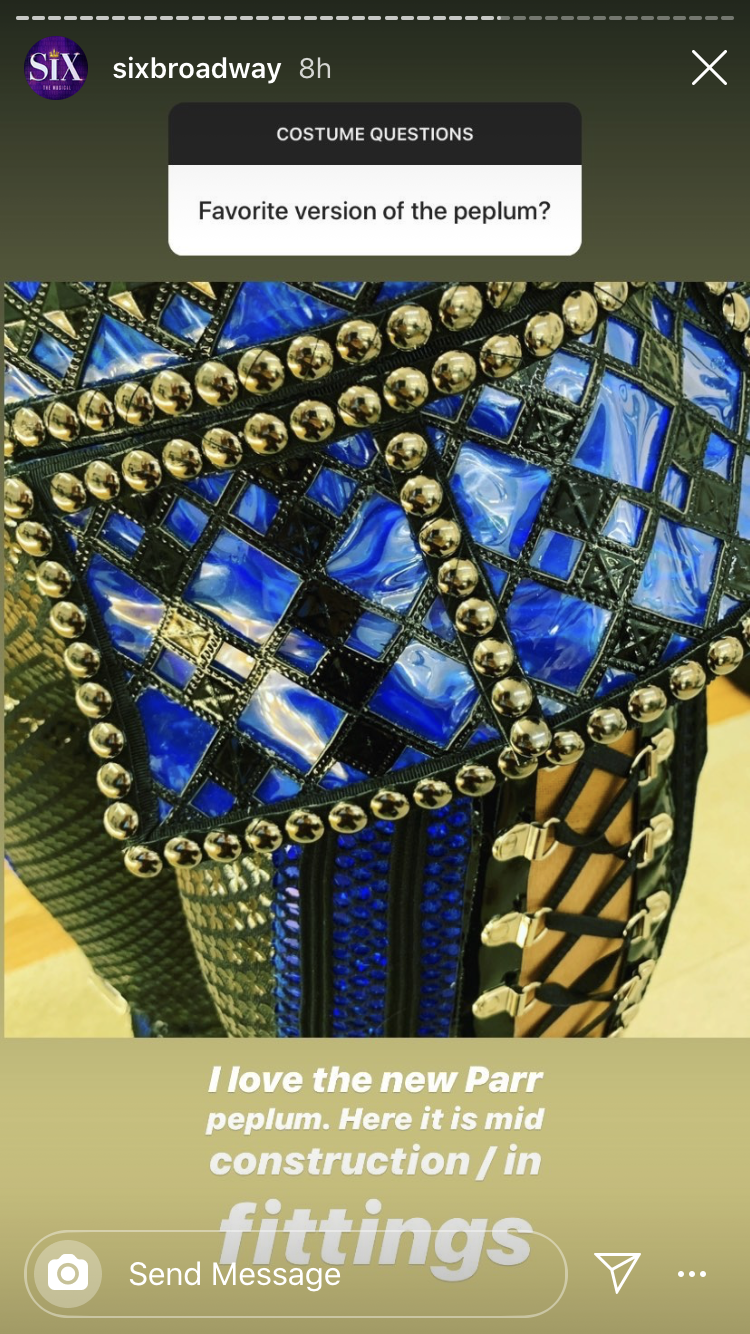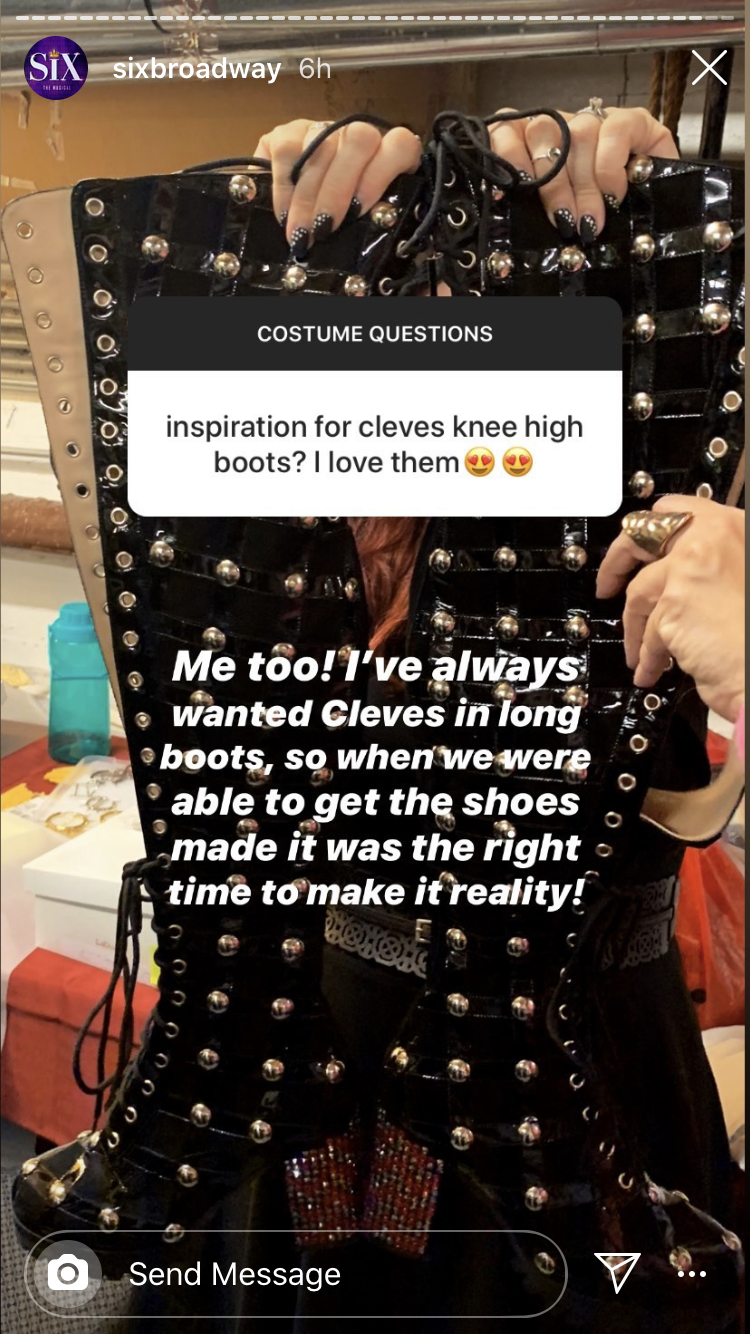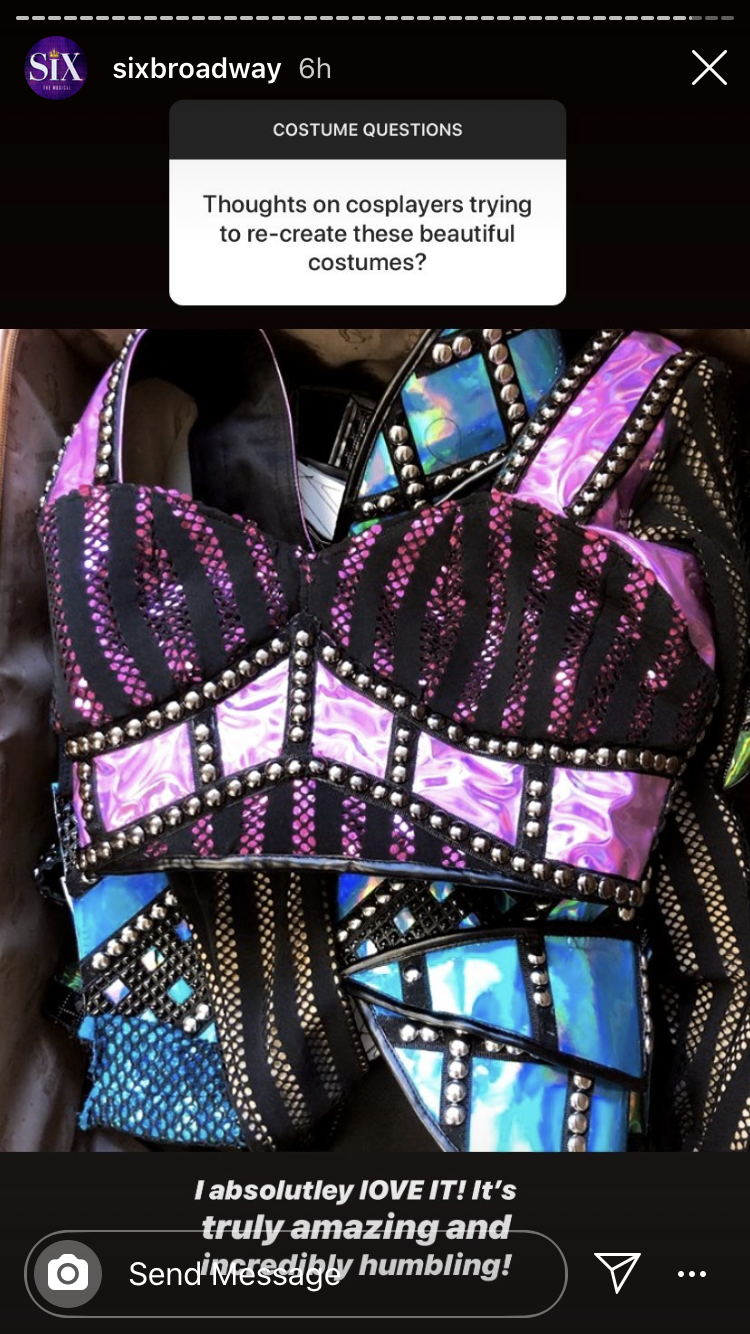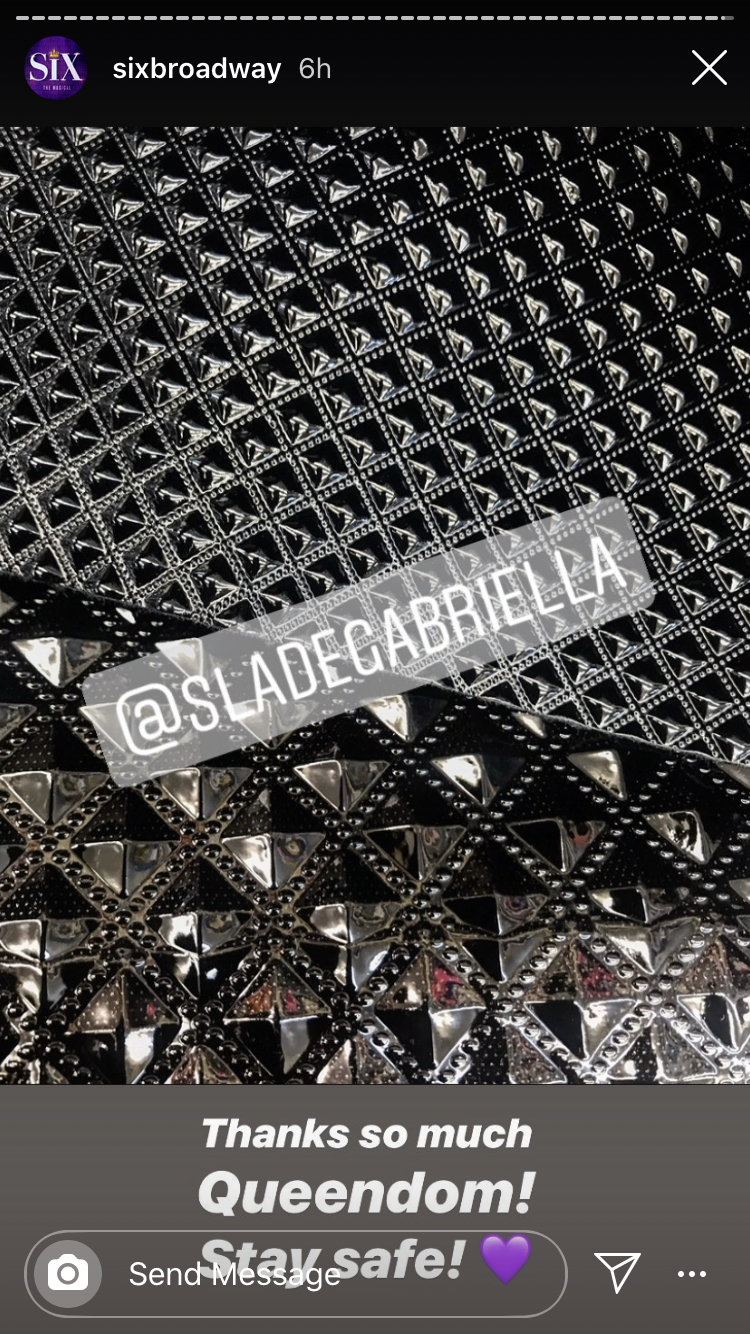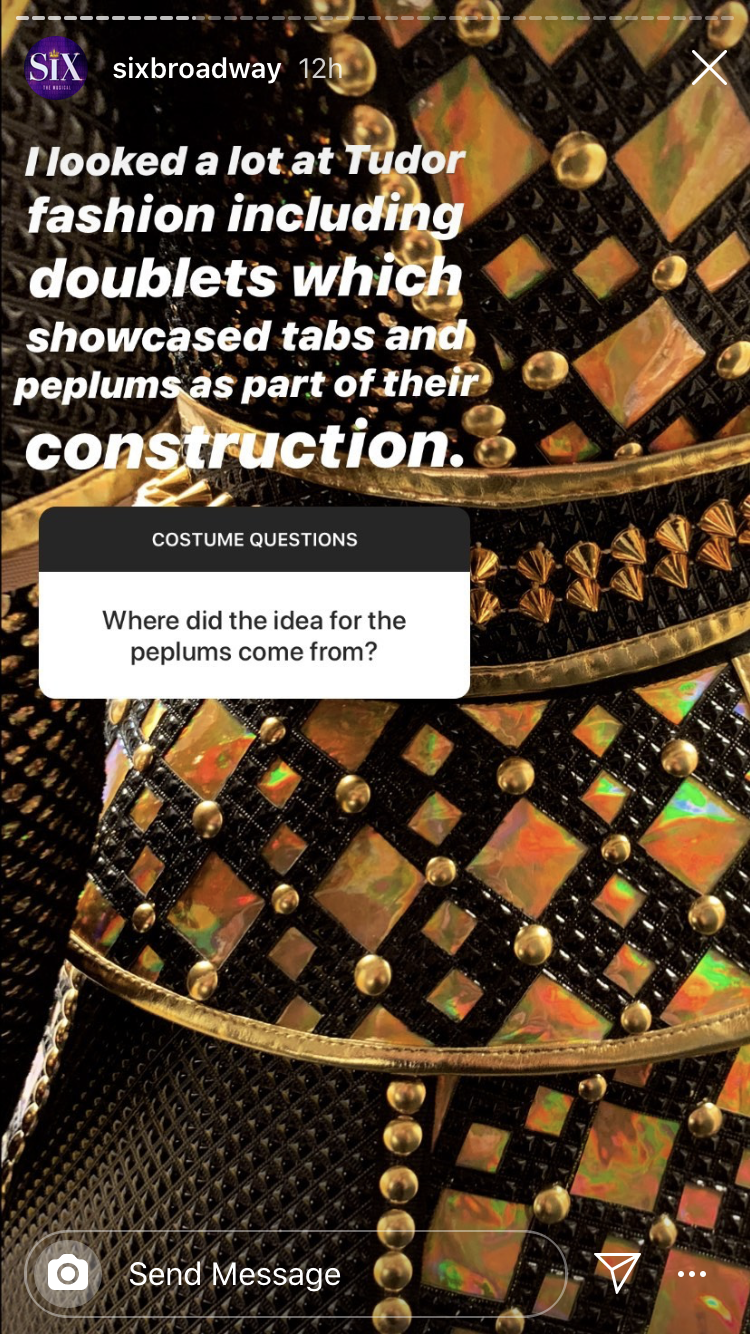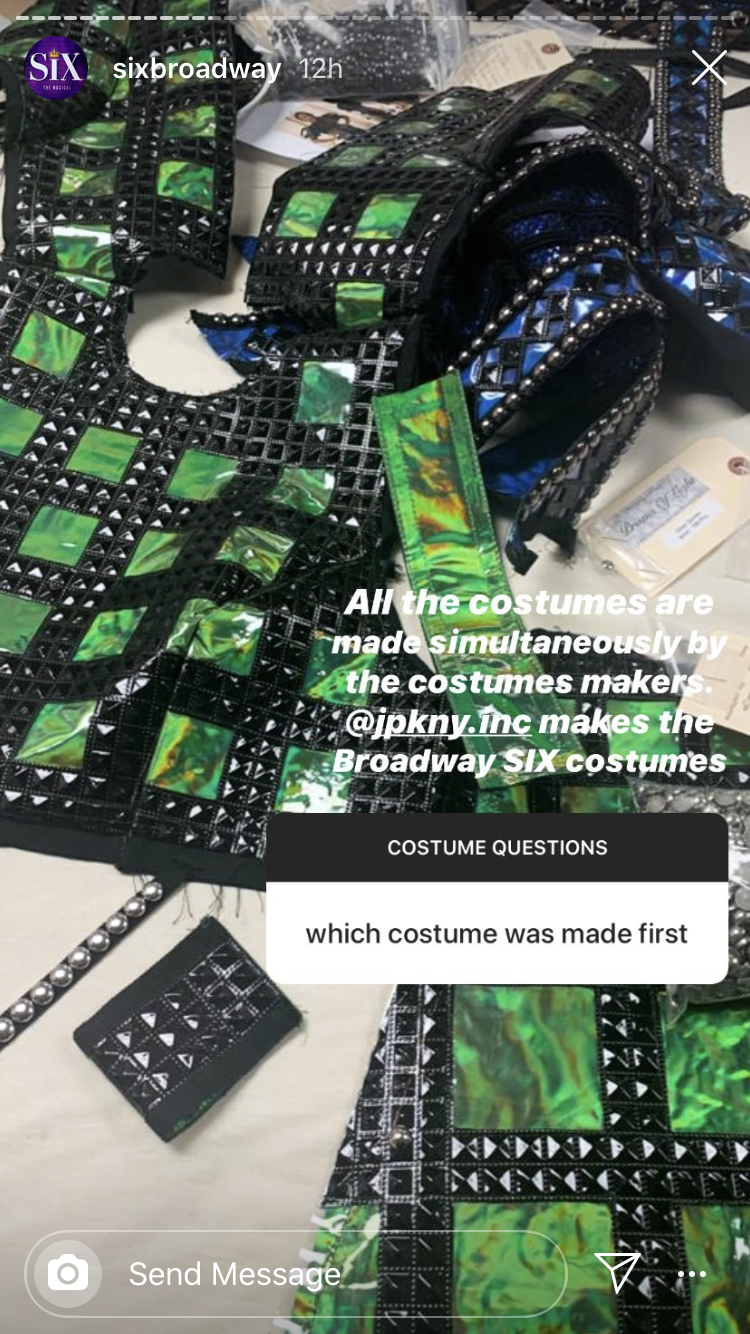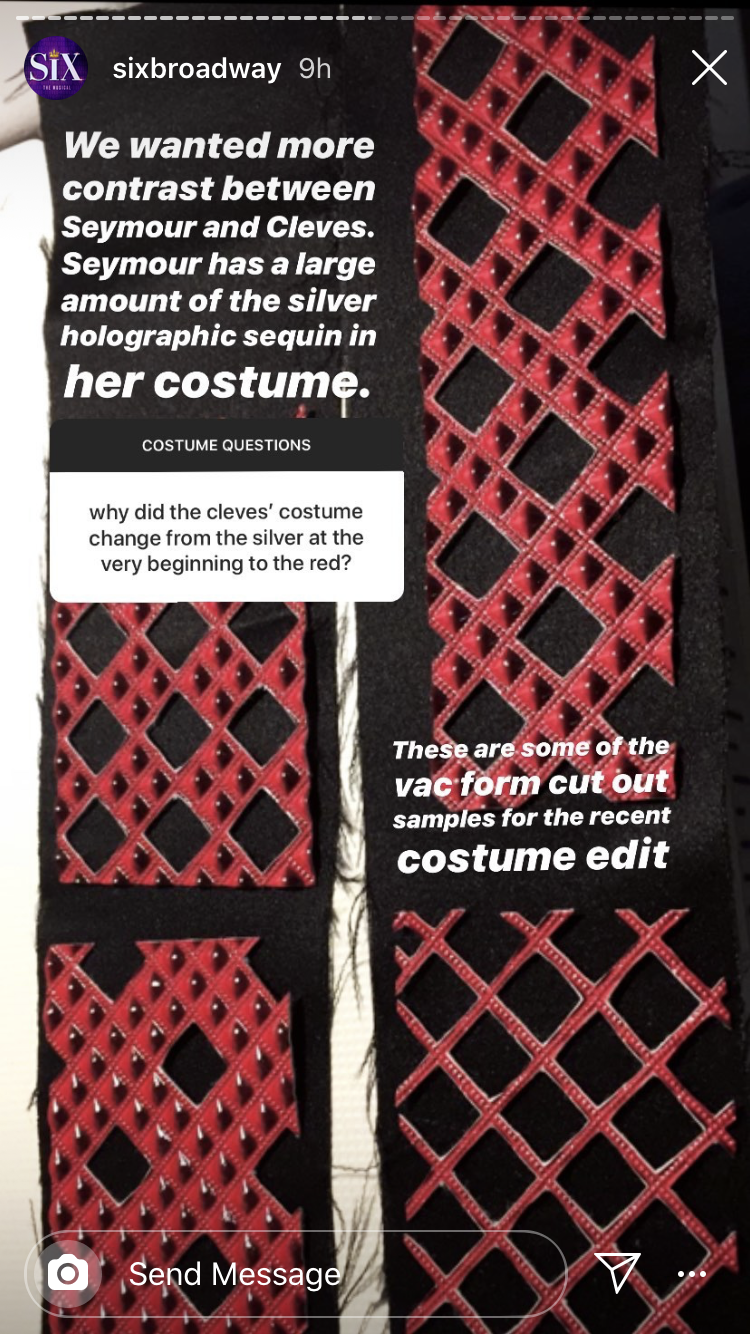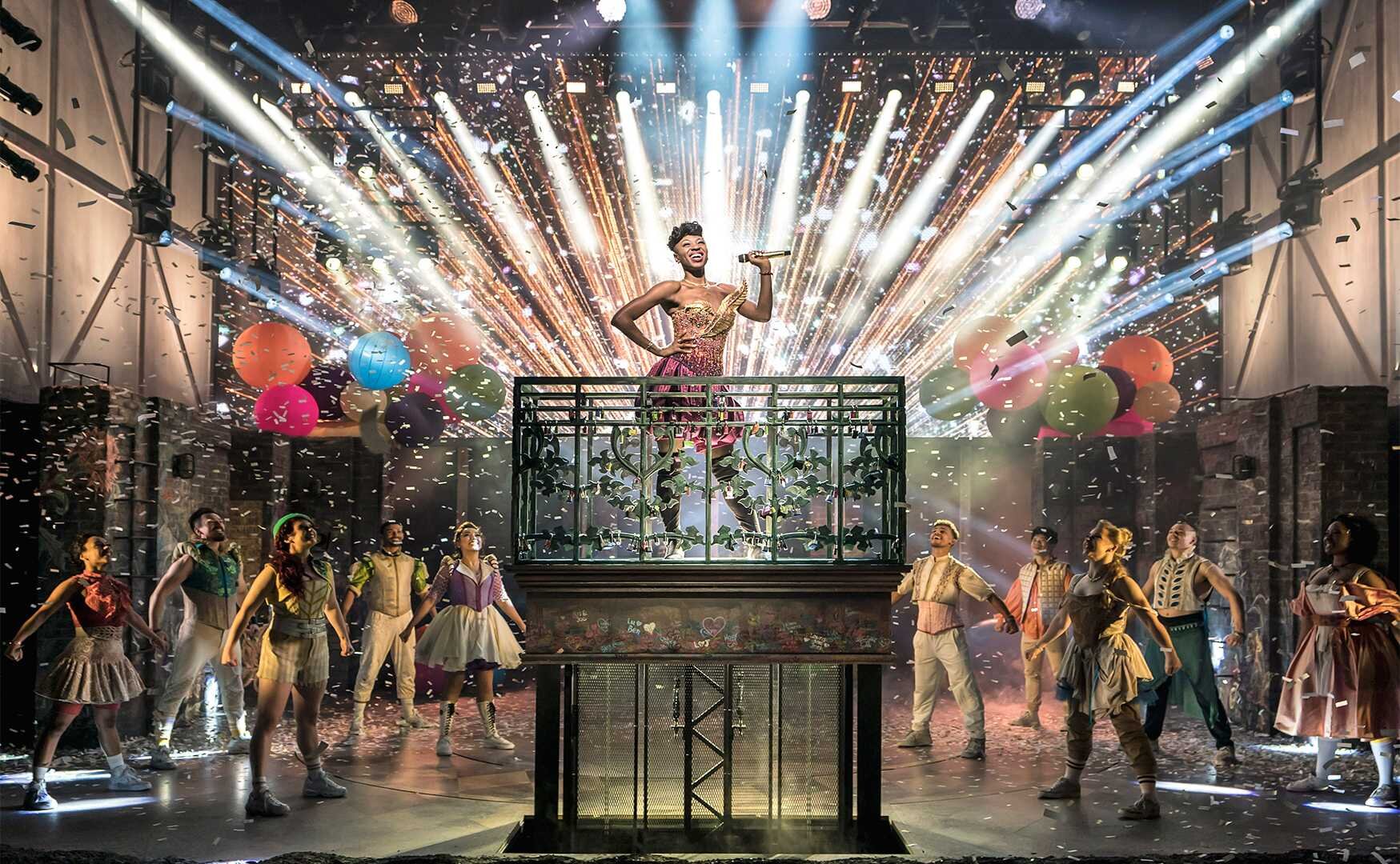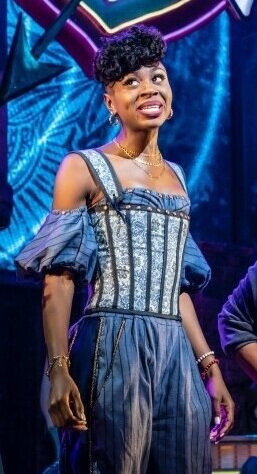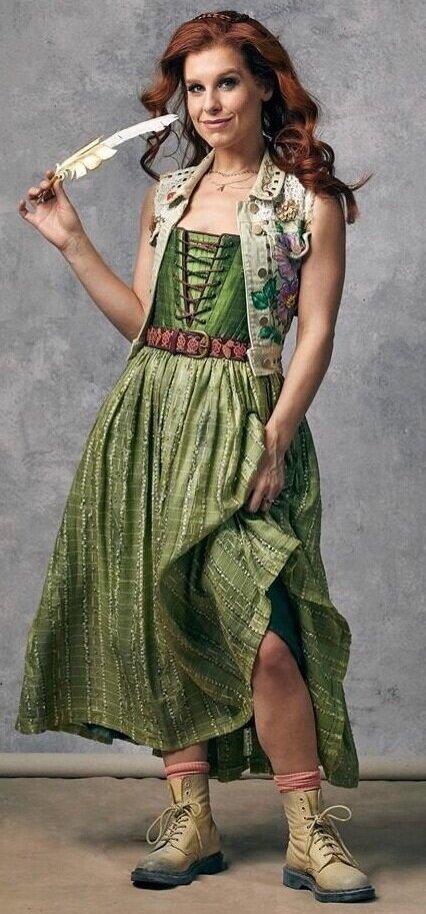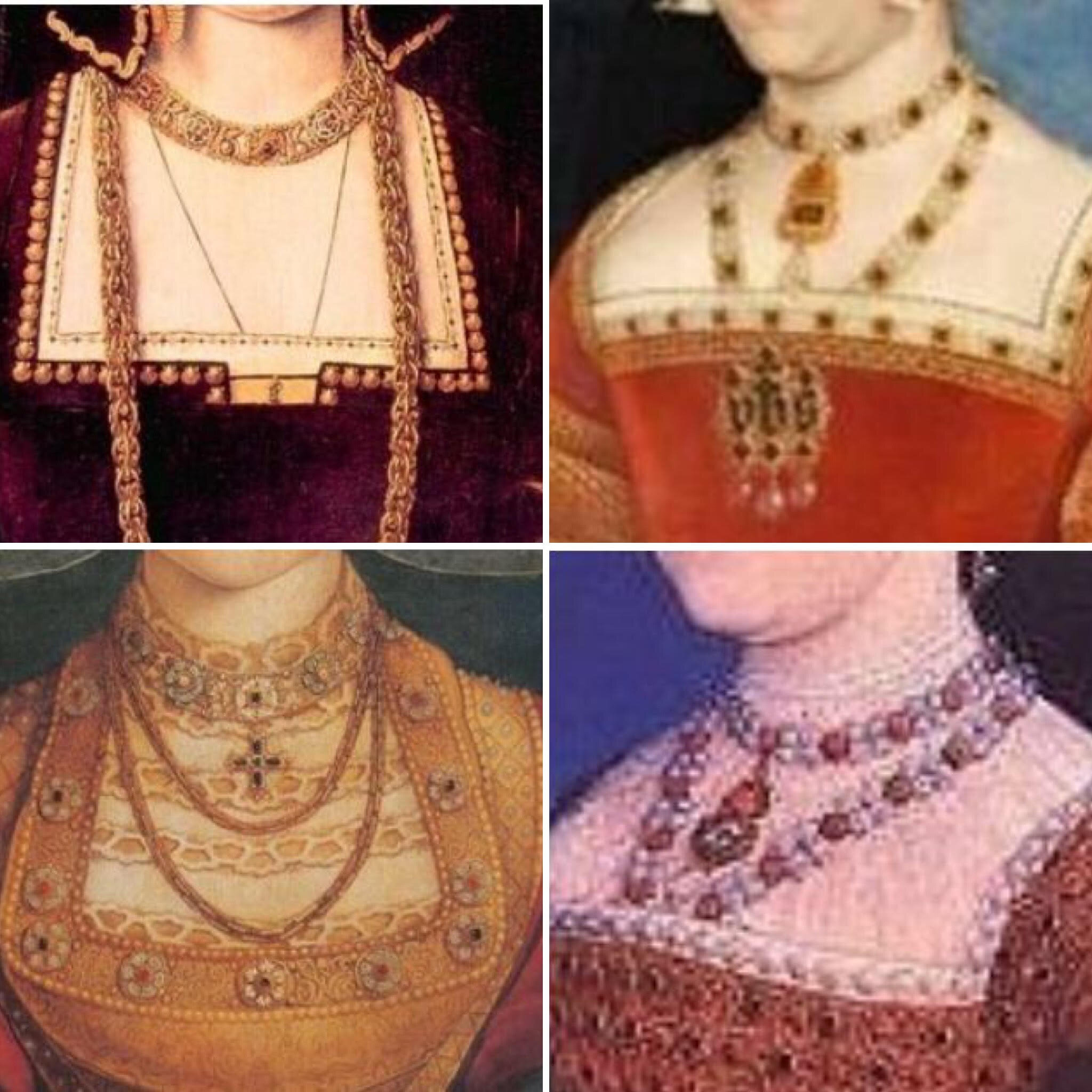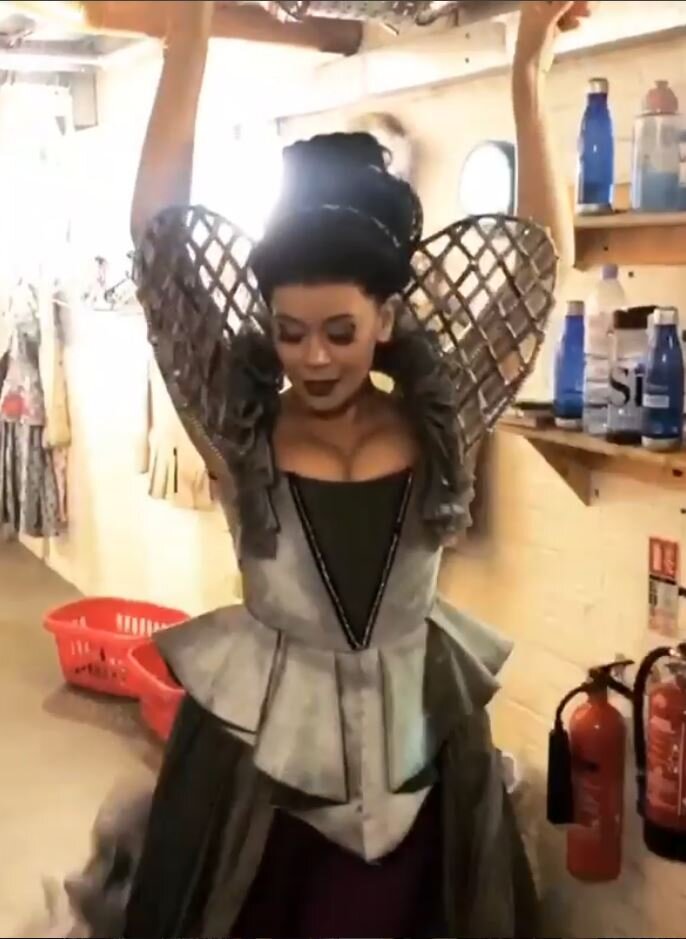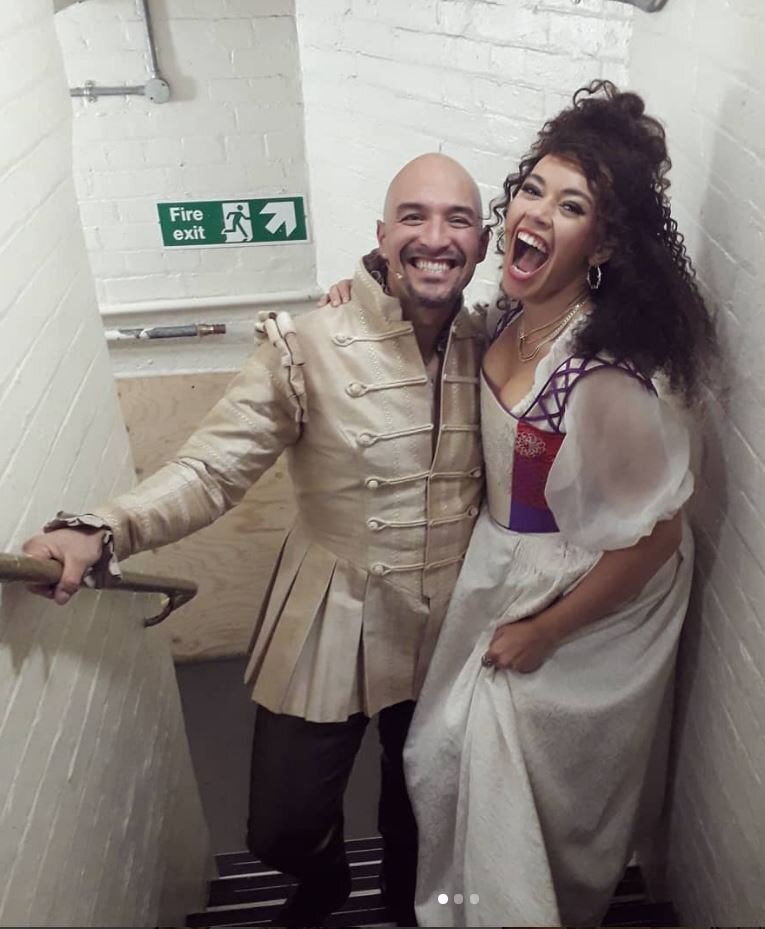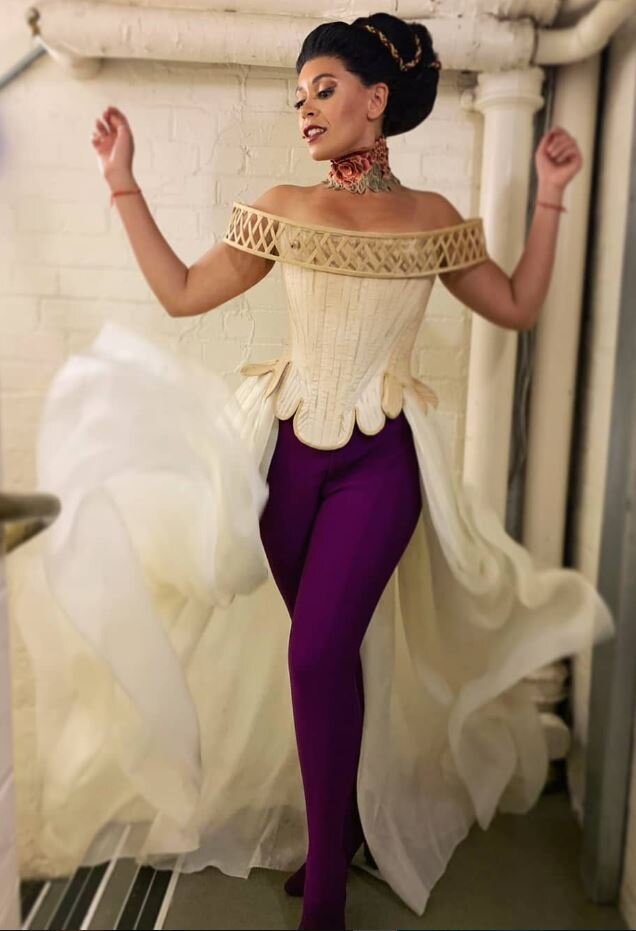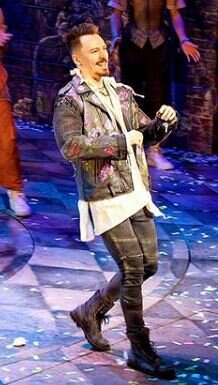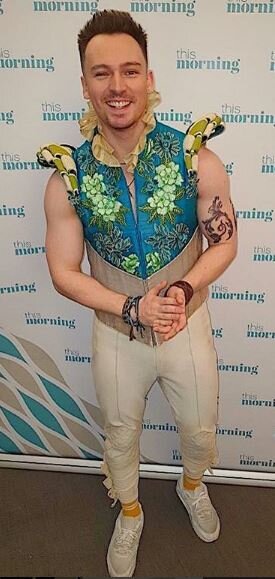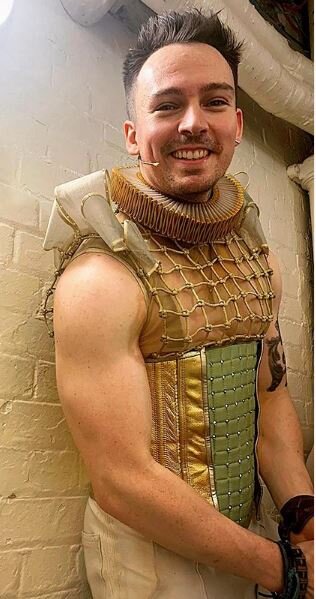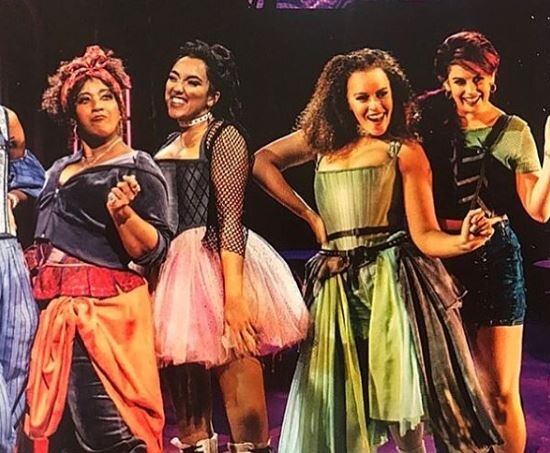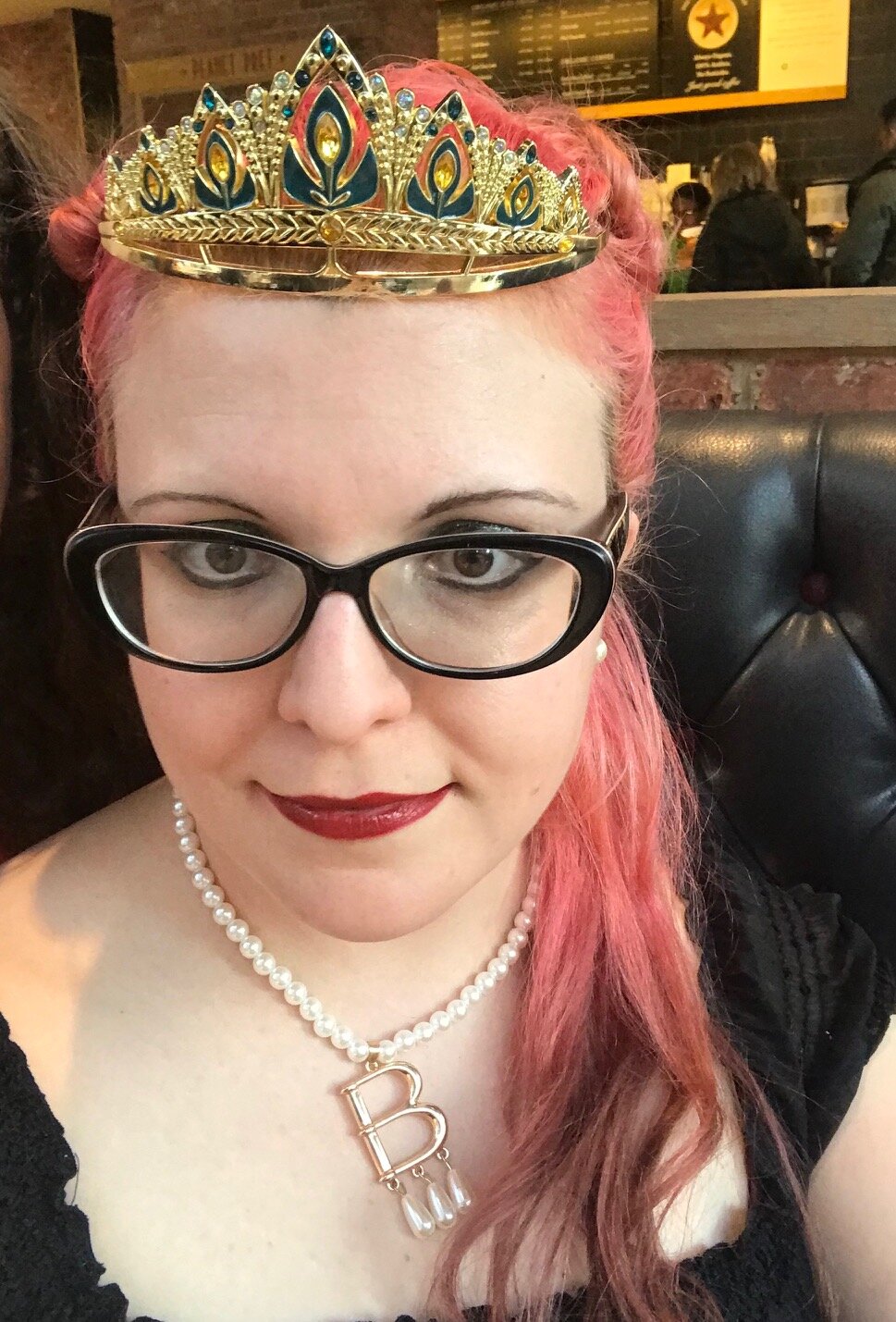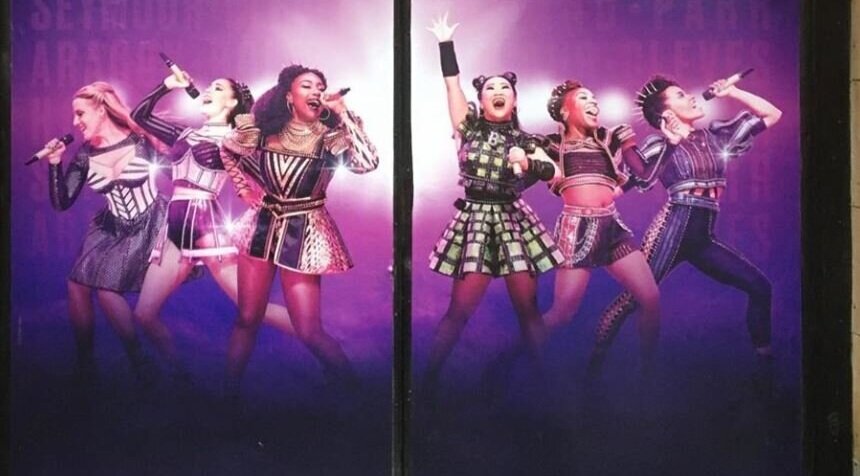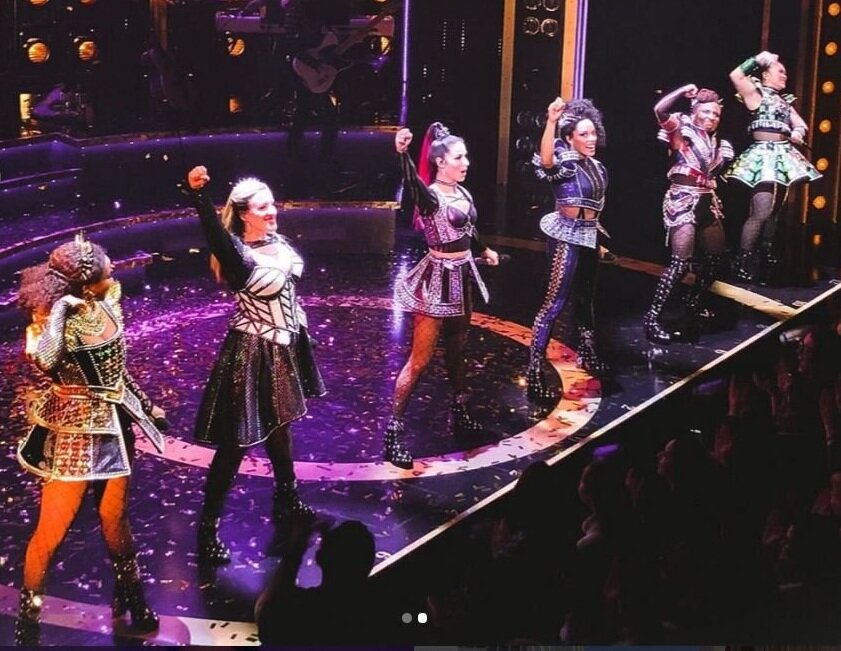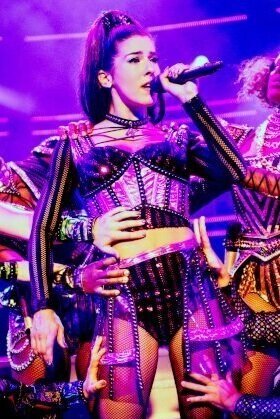15 Things I Learned from Six UK Tour Alternate/Dance Captain Harriet Watson's Workshop and Q&A
All My Six Posts!
Over-Analyzing All the Historical References in Six- “Ex Wives,” “No Way,” “Don’t Lose Your Head”
Virtual Dance Workshops and Q&As with Different Six Cast Members!
(^This post includes links to workshop/q&a roundups from Lauren Byrne, Grace Mouat, Natalie Pilkington, Sam Pauly, Cherelle Jay, Vicki Manser, Collette Guitart, Jen Caldwell, and Harriet Watson)
Details from Six Costumer Gabriella Slade’s Instagram Takeover
Six the Musical Wives 1-3: Historical and Modern Costume Inspirations
Six the Musical Wives 4-6: Historical and Modern Costume Inspirations
The Early Costumes of Six the Musical: From Edinburgh to Cambridge to London
Updated Six the Musical Costumes for Broadway!
The Alternate Costumes of Six the Musical
The Shoes of Six the Musical
The Ladies in Waiting of Six: Historical Inspirations and Costumes
The Tudor Fashion Elements of the Costumes in Six (with Painting References)
How the Six Alternates Change Their Styling for Each Queen
Last Saturday, I participated in a virtual dance workshop and Q&A with Six UK & Ireland Tour alternate and dance captain Harriet Watson! The event was hosted by Theatre Fan Parties and I really enjoyed it! Honestly, when I signed up, I kind of thought that there would be like 100 participants, but there were only around 20 and it made for a really lovely, intimate setting. Harriet was super sweet and lovely and encouraging, and I had a great time!
I liked it so much that immediately afterward, I went and signed up for a class in a few weeks with Colette Guitart, the dance captain and one of the Six alternates in the West End production (of course, I later realized that this particular workshop will happen at 5 am my time…ouch, but worth it!).
I frankly have zero dance training except for the few moves I learned in color guard in high school and some ballroom dance classes in college and shortly after. I definitely haven’t taken any dance classes since…2012 at latest. I’m not a very coordinated person, okay? But Harriet was a wonderful teacher and I managed to follow along pretty well despite all that.
Harriet posing nicely when Tyler (the owner of Theatre Fan Parties) asked her to. My face is awkwardly in the upper right because Zoom.
Harriet adorably hiding her face when someone asked her a question she wasn’t sure she was allowed to answer.
After a quick, efficient warmup, Harriet taught us the dance part to Get Down that starts at “I’m the queen of the castle, get down you dirty rascal” and goes through the next phrase through to “cause I’m the queen of the castle.” The individual moves weren’t too hard, but they were VERY FAST with the music, and I’m pretty sure I just flopped around like a fish. Harriet was constantly checking the chat for any questions about individual moves and interacted with everyone, complimenting people when they were killing moves and generally just being a wonderful person.
I did a lot better with the “Six” dance which she ended with, which was much easier. I actually still remember all the moves (Get down was gone…pretty much immediately from my mind, let’s just be honest). Harriet ended up taking a video of all of us doing the dance together and posted it to her Instagram stories, which was really cool! She also commented on my Instagram later about it, which was lovely.
Demonstrating a dance move
Demonstrating a dance move from “Six.”
After the dance workshop portion was over, Harriet answered questions from the attendees! She started out with a general explanation of how she got involved the show. I took a ton of notes, but I’m sure they aren’t perfect quotes (I was typing quickly but my cats decided that RIGHT THEN was the perfect time to start exploring the magical space behind my computer monitors and distracted me), so just expect that these are paraphrased quotes.
1. How she got in the show: She was initially up for Boleyn and Aragon – Maddie beat her out (presumably Maddison Bulleyment, who’s Anne Boleyn for the UK Tour cast).
Answering all the questions
She went to the open call for the show (handled by Pearson casting, who she described as “lovely and incredible”) and said there were probably 3,000 people there. The first day of auditions was just dance – choreography allllll dayyyy. When they got to the singing part of auditions, she sang jessie j’s mama knows best, then a song by adele, and beyonce’s halo.
After that she had a group audition, where a group would go in and each person would sing 5 songs in a row with all the other auditionees just watching. She saw Jenn (presumably Jennifer Caldwell, another of the UK Tour alternates) audition at that time.
She had a few more auditions after that, where they swapped around a ton of girls to see who worked well together. Apparently when she was offered the job, someone called and asked “what queen do you want to be.” (she later clarified that she didn’t actually get to choose which queens she was first cover for).
2. Favorite queen to play: Boleyn – she’s not my first cover but I love her because I get to be naughty on stage. [Harriet’s first covers are Jane Seymour and Catherine Parr]
3. Training: She trained at a college in Nottingham called MADD. She specifically noted that she didn’t get an agent from her agent showcasing in college and graduated with no idea where she fit into musical theater.
Drinking the tea
6 years after that, she did a LOT of workshops in London – she’d go for a week or a day. Her main training was from workshops – she got her basics from college but she didn’t know what songs to sing, what she was doing – workshops were the best things for her. That’s where she got her agent and really learned her stuff.
4. Her Personal Pop Inspirations for each Queen:
Seymour – Madonna
Parr – Alicia keys
Howard – Britney
Aragon – beyonce
She also mentioned Ariana grande and asked who was that – howard???
5. How important is being a good dancer in musical theater? It depends what type of theater you’re going into. If you want to do 42nd street or fame – you have to be a good dancer. You’ve got to sell it –
6. Beginner dance class suggestions: BALLET is the first dance class you really need to do – it’s boring but you need the conditioning
7. Hardest choreography in the show: “for me, all you want to do” It’s not the hardest – but it’s a slog – you have to stay centered and balanced and it’s SO long
She confirmed that she’s been signed up as an alternate again for the next tour!
8. Do you have to train differently to be a swing? Yes, for tech rehearsals before the show, she has to run the show from top to bottom on her own with the directors. She has a swing bible – that jenn [caldwell] made her – she listens to her harmonies and goes through her swing bible the whole time.
She highly suggested that if you want to be a swing or an alternate – start practicing NOW – start watching people’s tracks – you want to think about how to do the show as that person. I had never done it before – I never got trained in it in school – I cried so many days – jenn Caldwell saved me. Try to pick out harmonies for all the different performers. I didn’t get harmony training ever, and it’s the hardest thing I’ve ever done.
9. Favorite tour venue: I loved Glasgow!
She conferred with Gemma, who she referred to as “head of sound” and was in the room with her, to remember exactly which location she was thinking of. She ended up asking the crowd where she went on for Boleyn and a chorus of “Salfords!” came through on the chat.
Where I was on for Boleyn – Salford! That sing a long was the most incredible experience of my life – everyone was sobbing and crying.
10. Do you get to choose your first covers? She said no. She said at first that she was cast as first cover for cleves and then cassie took it away. (said with much affection!)
11. Does she stay on the same harmonies or does she switch around with each queen? They switch everyone around – Boleyn’s on the top harmony lines at first. Howard starts low and then she hits top Gs. Alternates have to know all the harmony lines – it’s definitely the hardest bit about the show.
“Can we get a petition for alternates to have one harmony line? That would make my life very easy.”
Answering even more questions.
12. Rehearsal process: Jenn and I got called in a little early and got to train with the town alternates – Colette [Guitart] and such. Rehearsals were very long - she said it’s sounds so cliché, but when you really do something you really love, I could do something from 6 in the morning to 12 at night. You just did number by number day by day. We’d tap in or tap out – for the alternates – and when I felt ready, I would tap in for lauren or whatever –
She doesn’t know if she’s allowed to say anything about tours for next year. When corona is over – doesn’t know what she can say so she just covered her mouth with her shirt.
13. Dance Captain: She did not specifically audition for dance captain but was offered it in the contract she was given as the alternate. Carrie [Carrie-Anne Ingrouille, the choreographer for Six] is in every audition to watch. They also look at your ability to converse and be kind to people.
Jobs of dance captain – she goes in an hour and a half earlier – warms up all the girls up for half an hour – does notes with them – she does a show watch twice a week to just keep the show as it was when it left rehearsals.
When we went to blue peter – went along to make sure they’re all in the correct position. Photo shoots where they’re all posing – making sure they’re all in the right position –
If they have any concerns, they can take them to me and I can get them to the director – it’s my favorite job – be the advocate for the girls really
14. How they found out about the remainder of the UK tour getting postponed due to COVID-19: Basically they were traveling to brighton and they got the call that the theater was closed – and just had to turn around. And that was that.
She said that she wasn’t doing stage door for like 2 weeks before they closed because she was scared of getting sick
15. Dressing rooms?: She always shares her dressing room with the other alternates, Jenn Caldwell and Cassie Lee.








